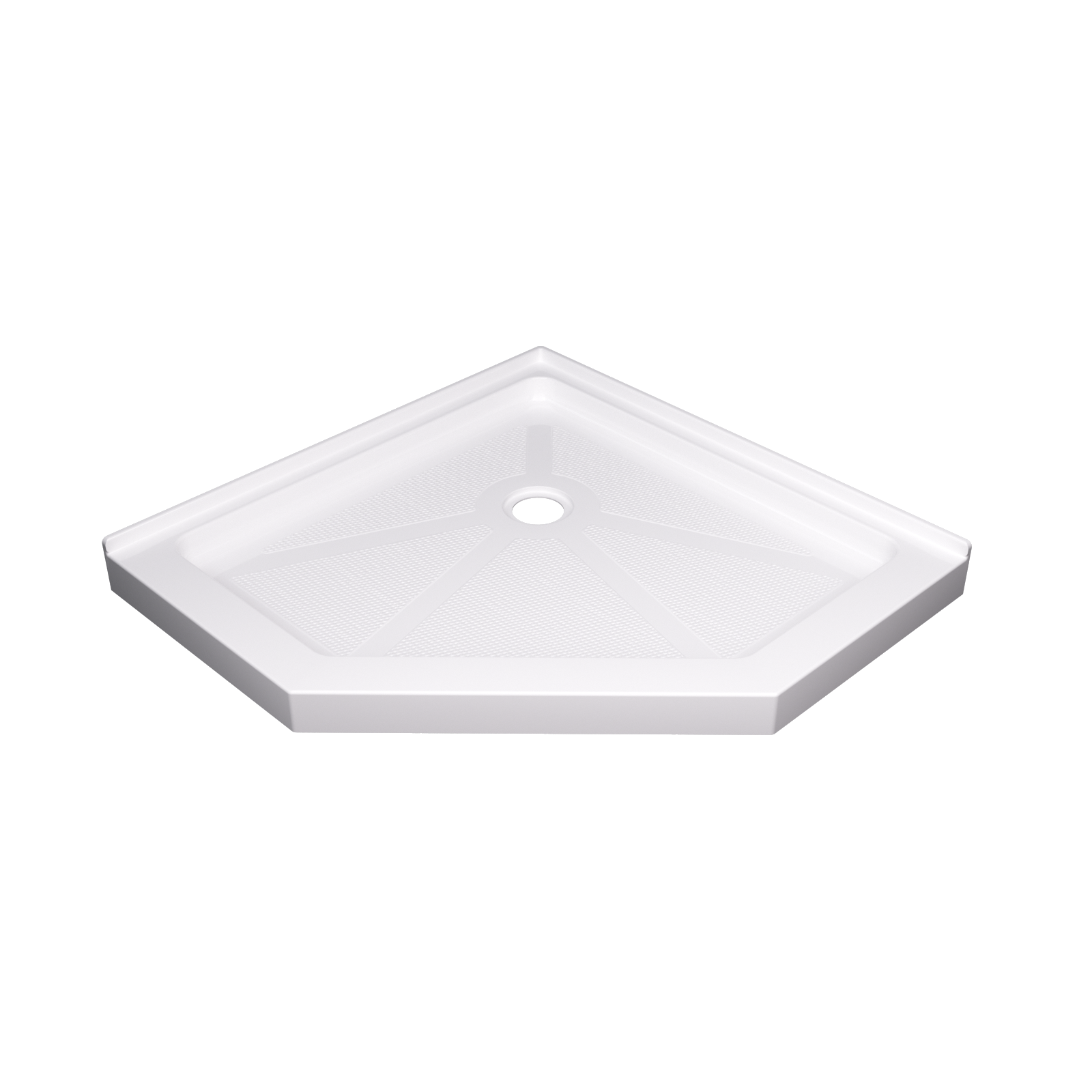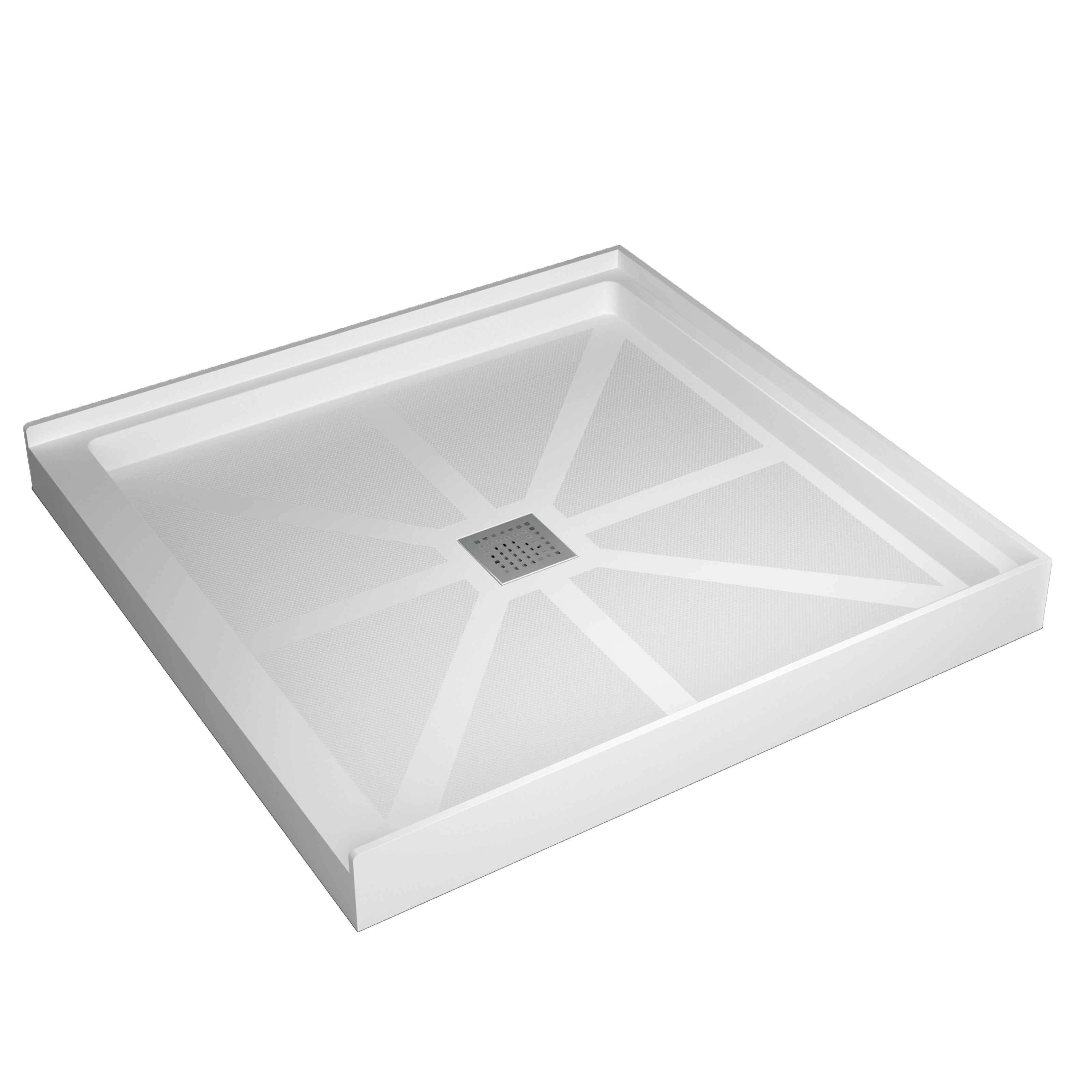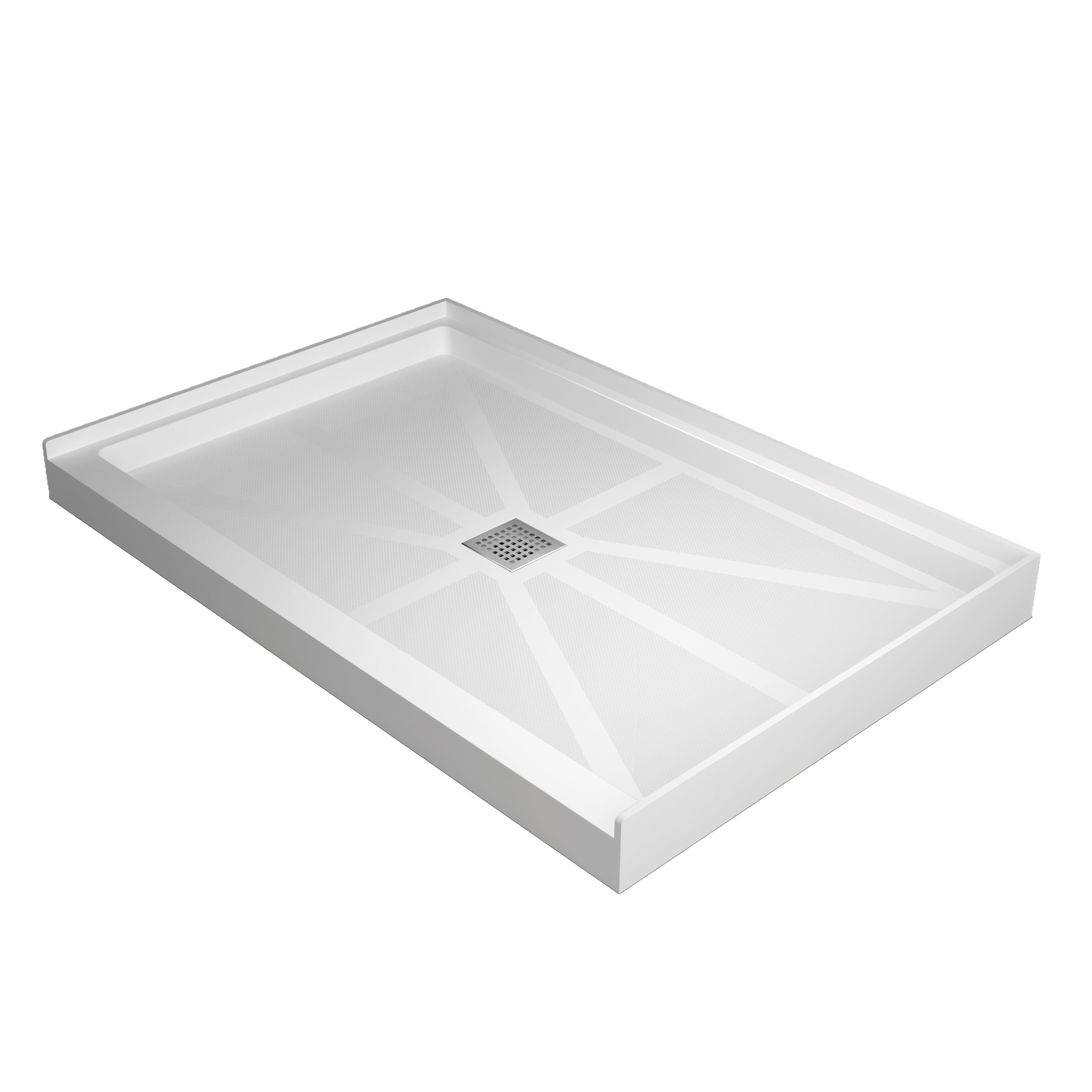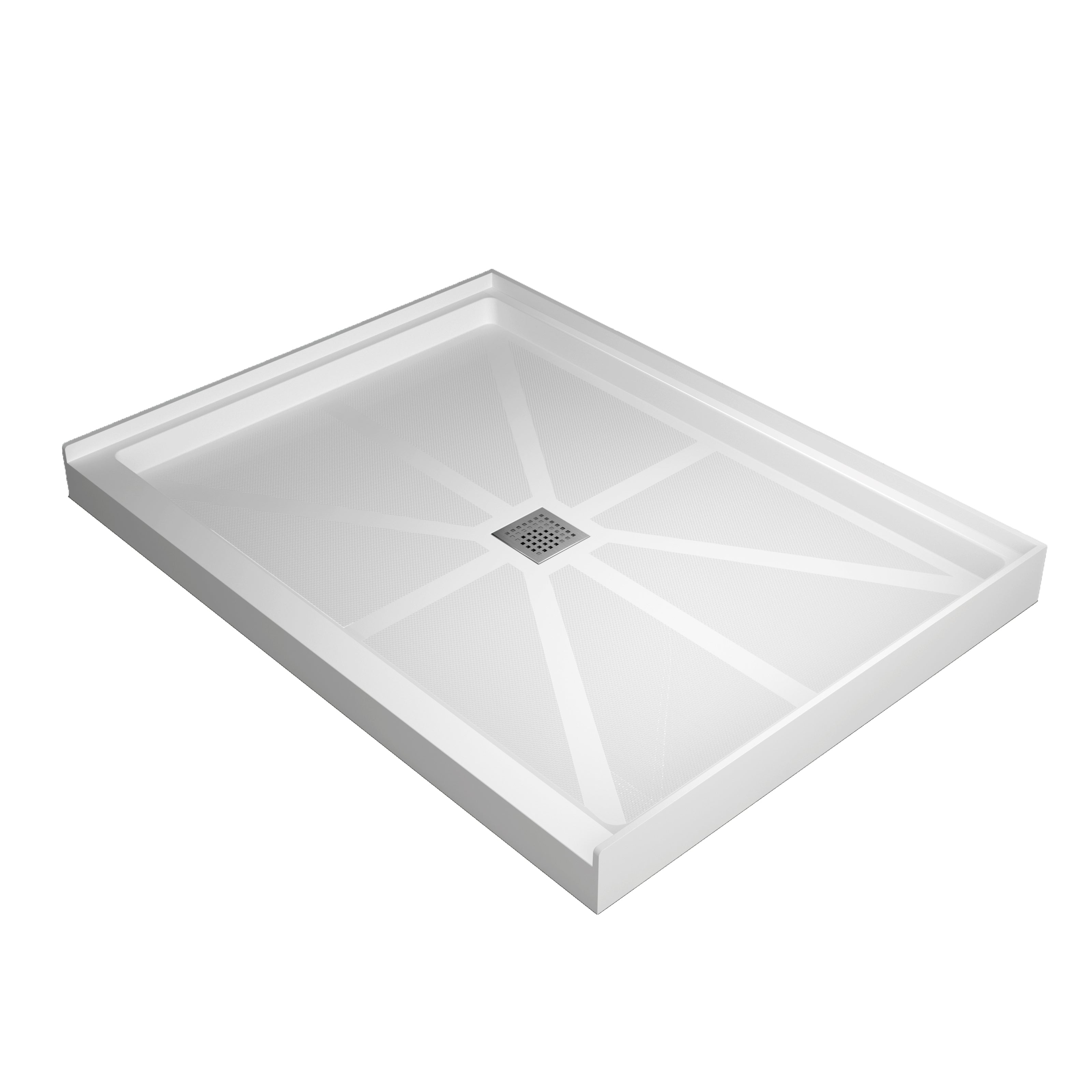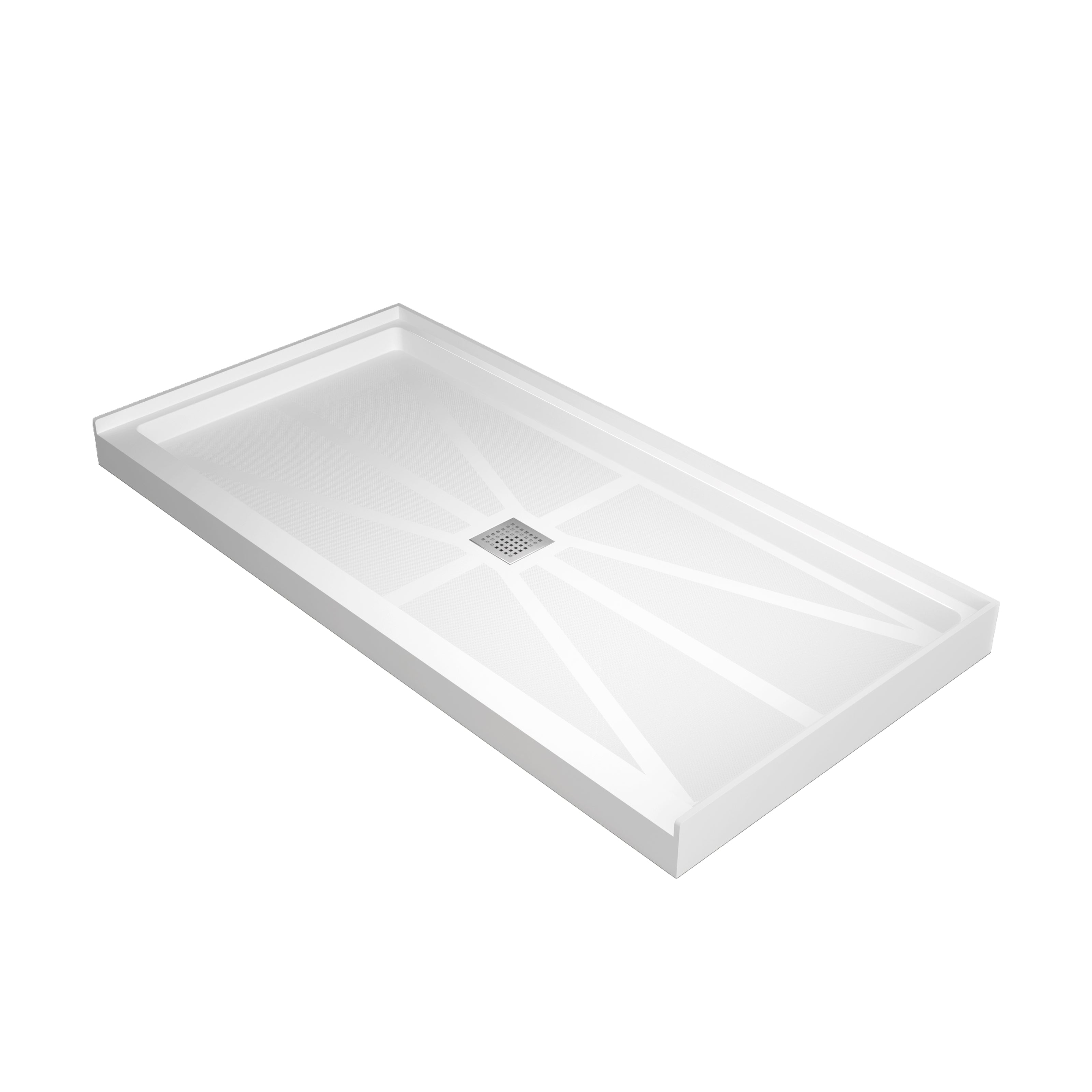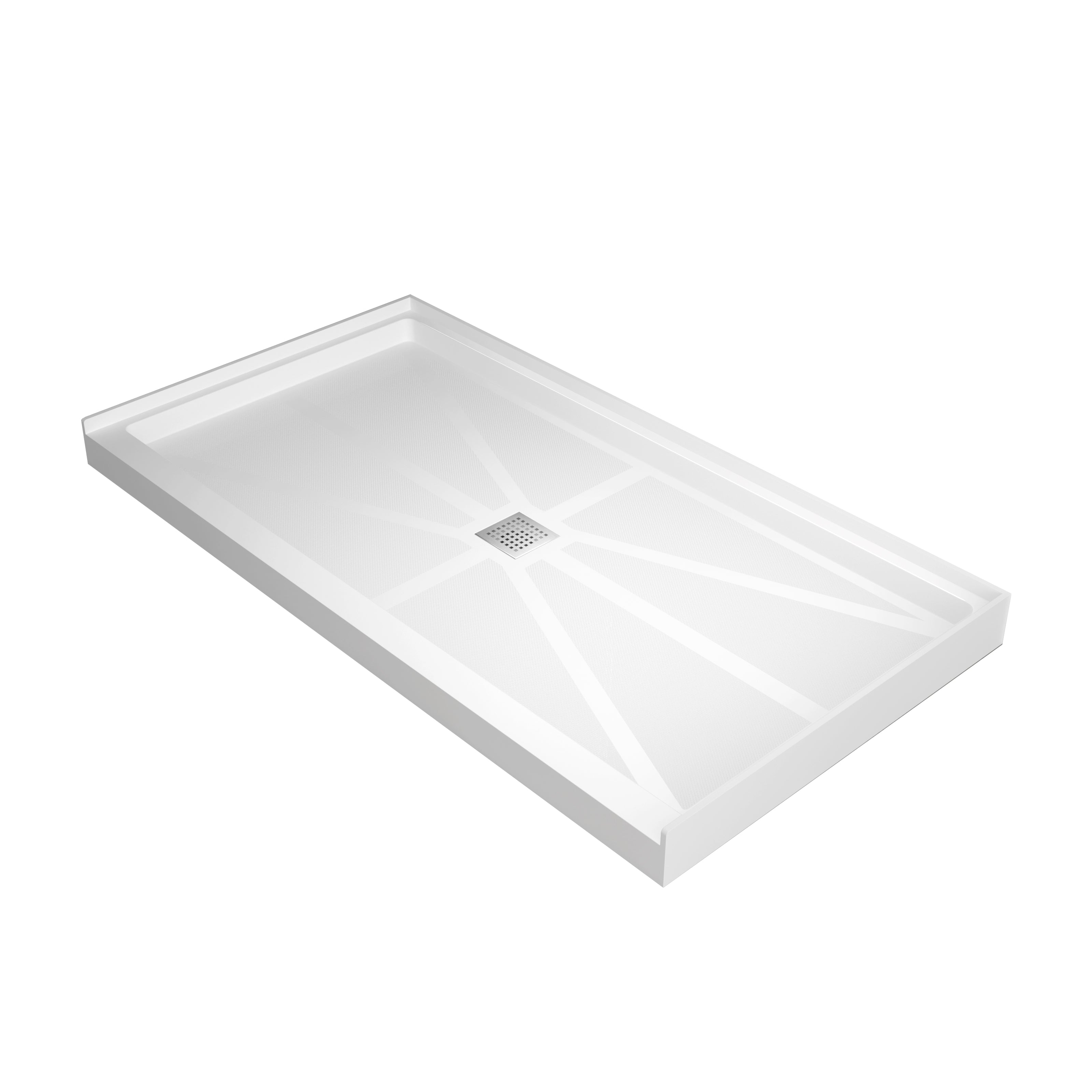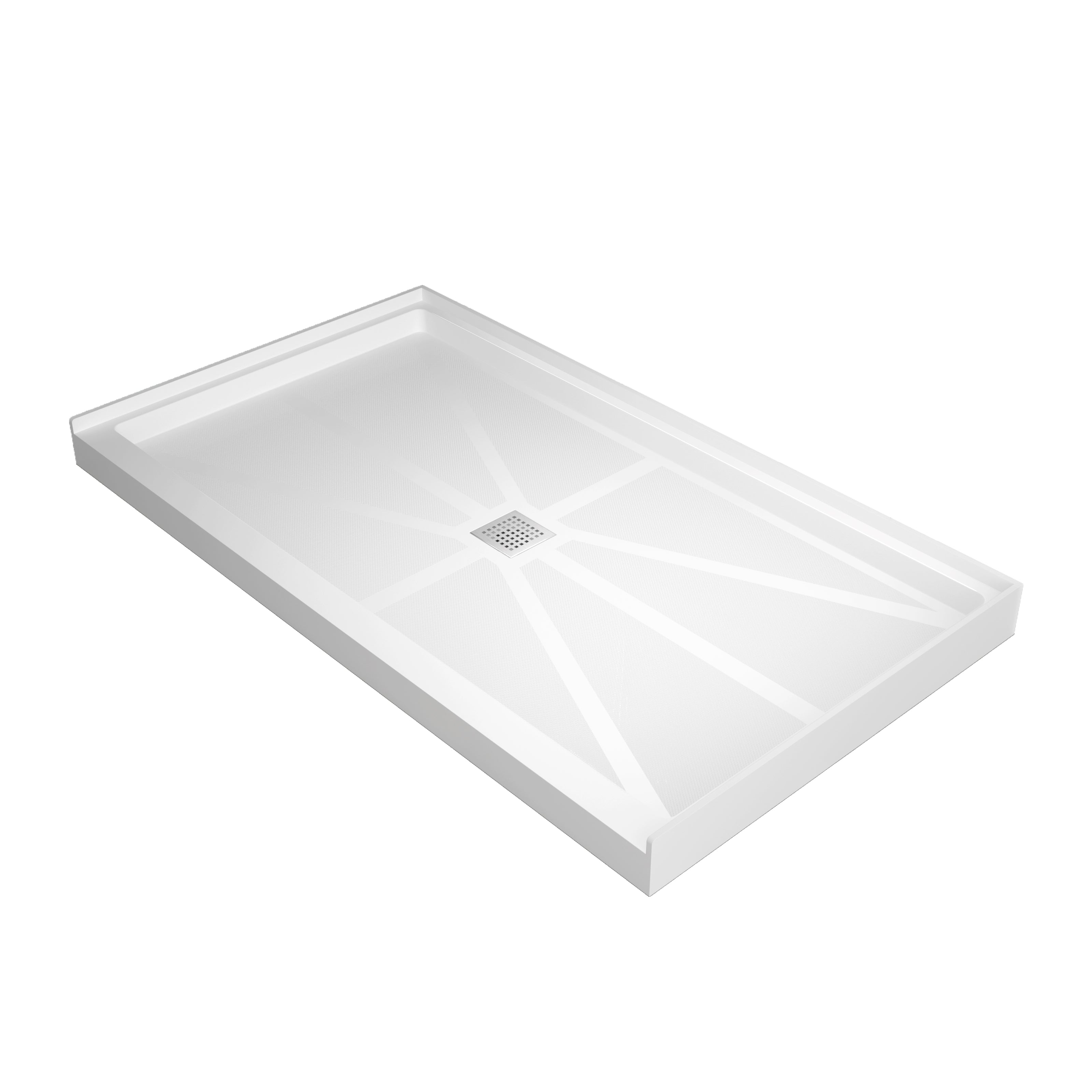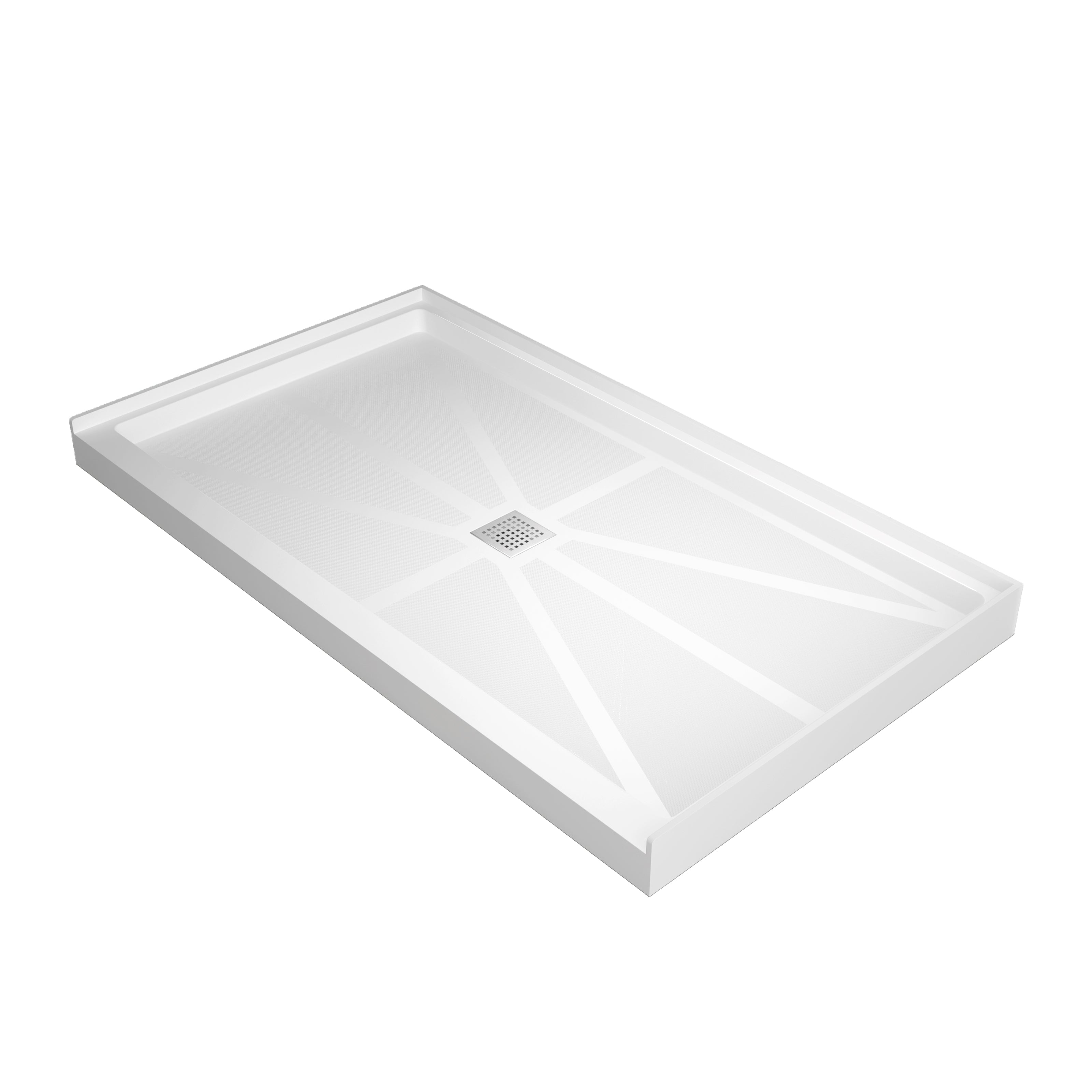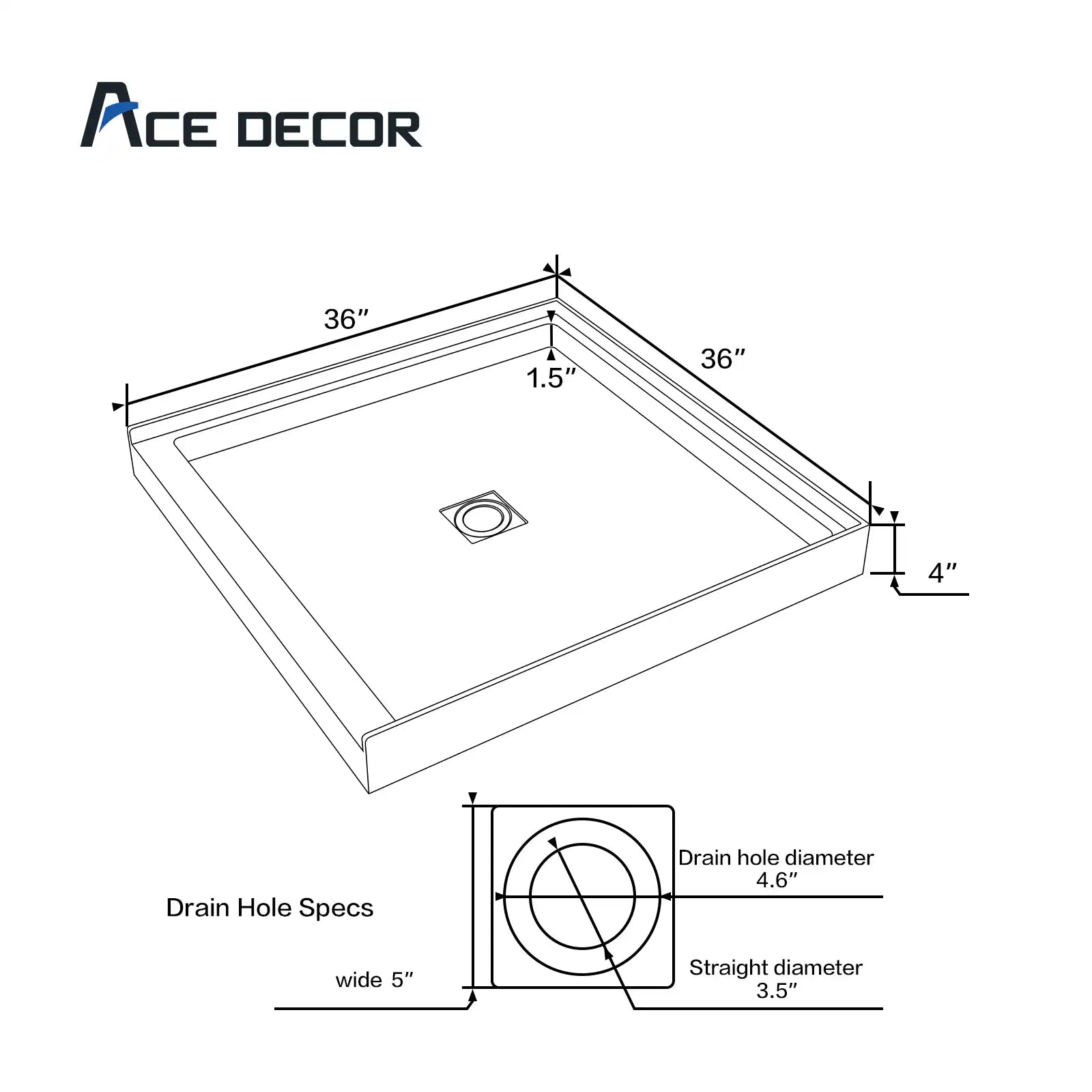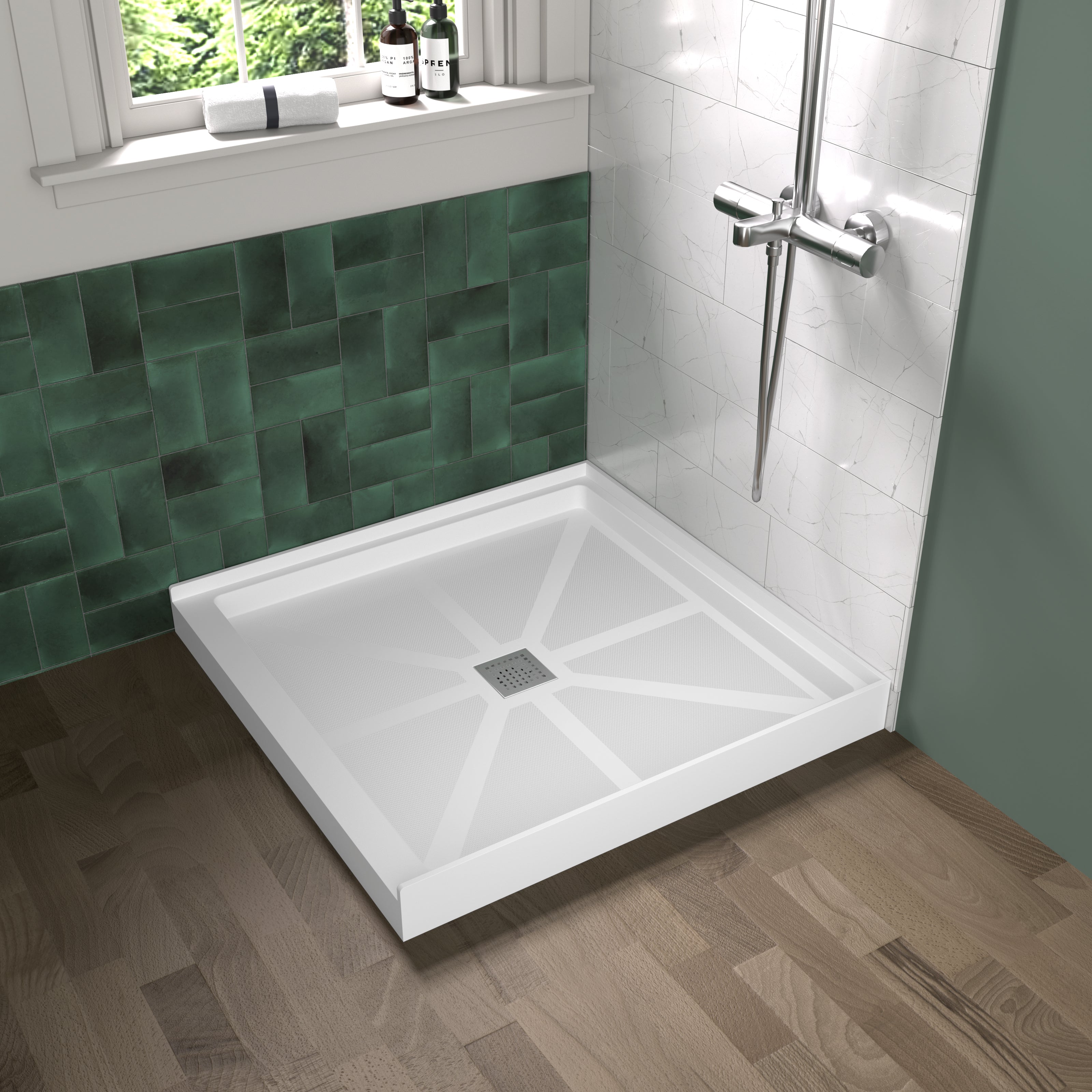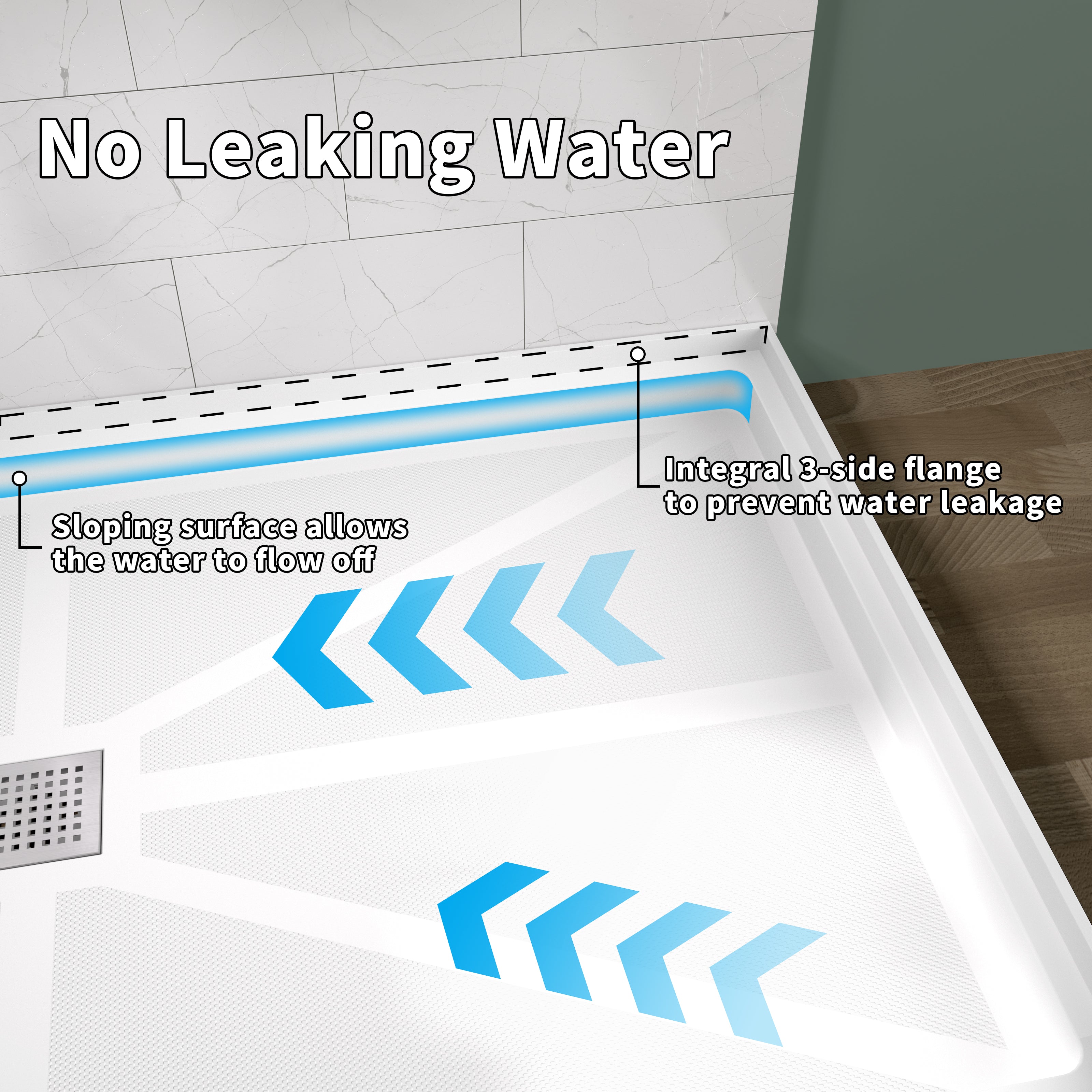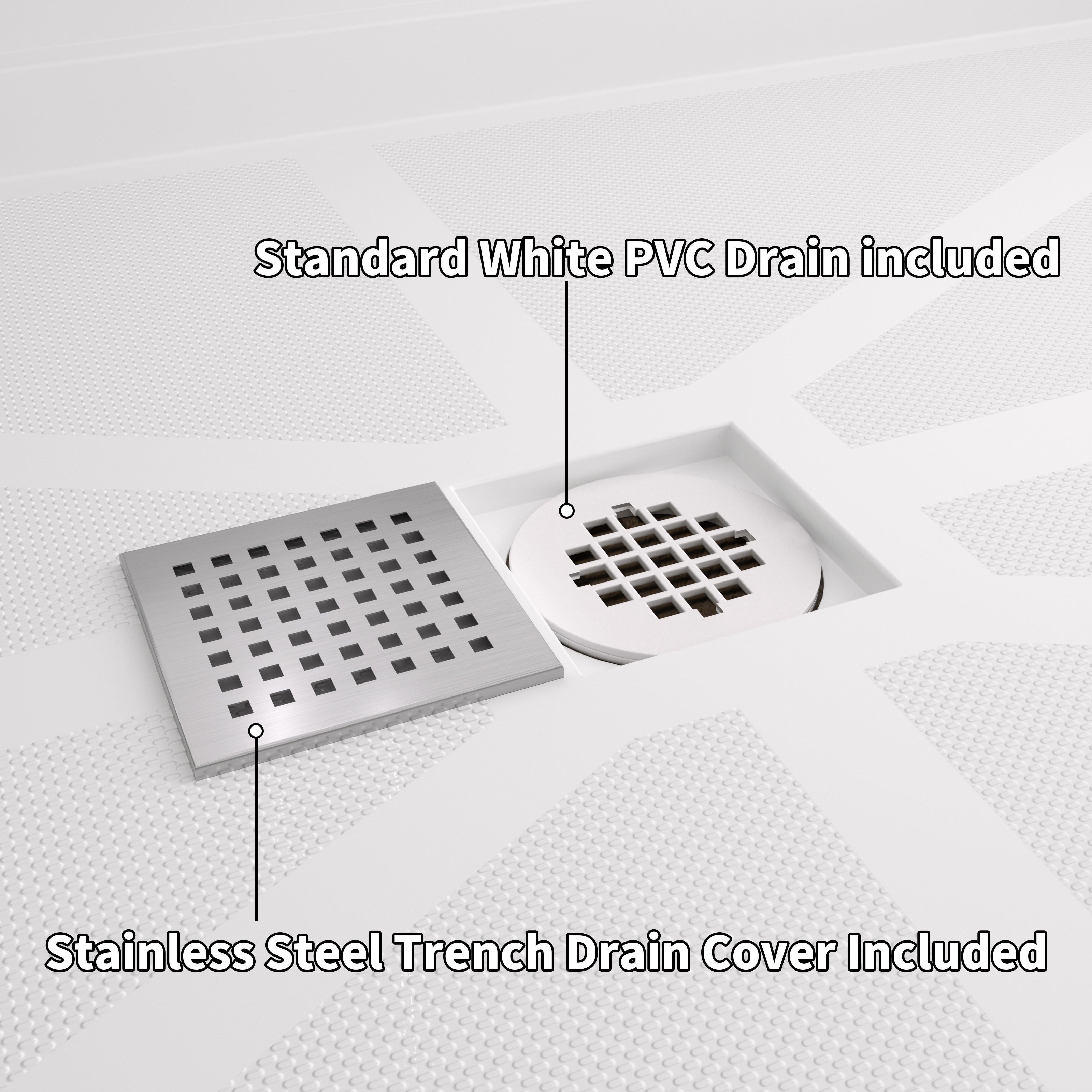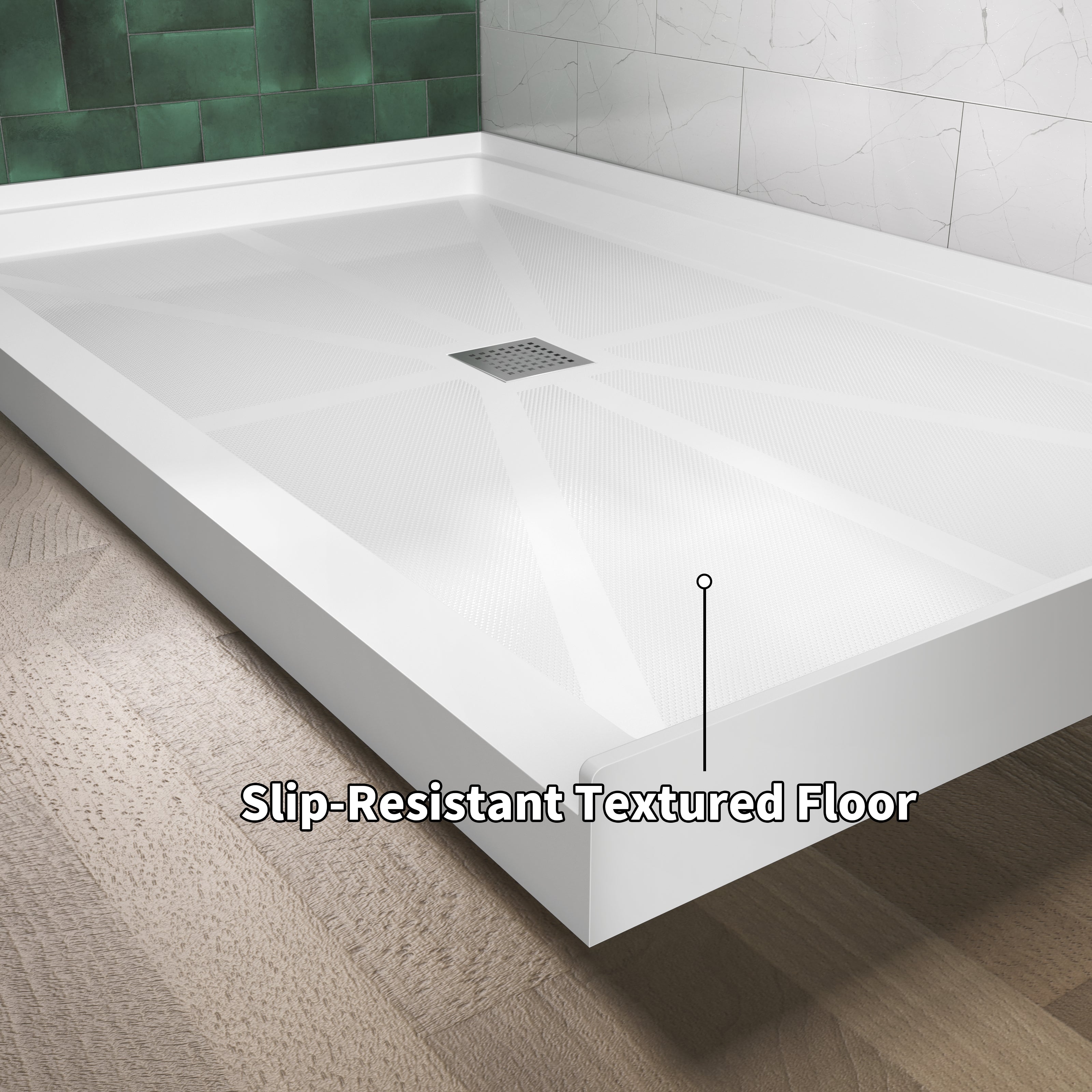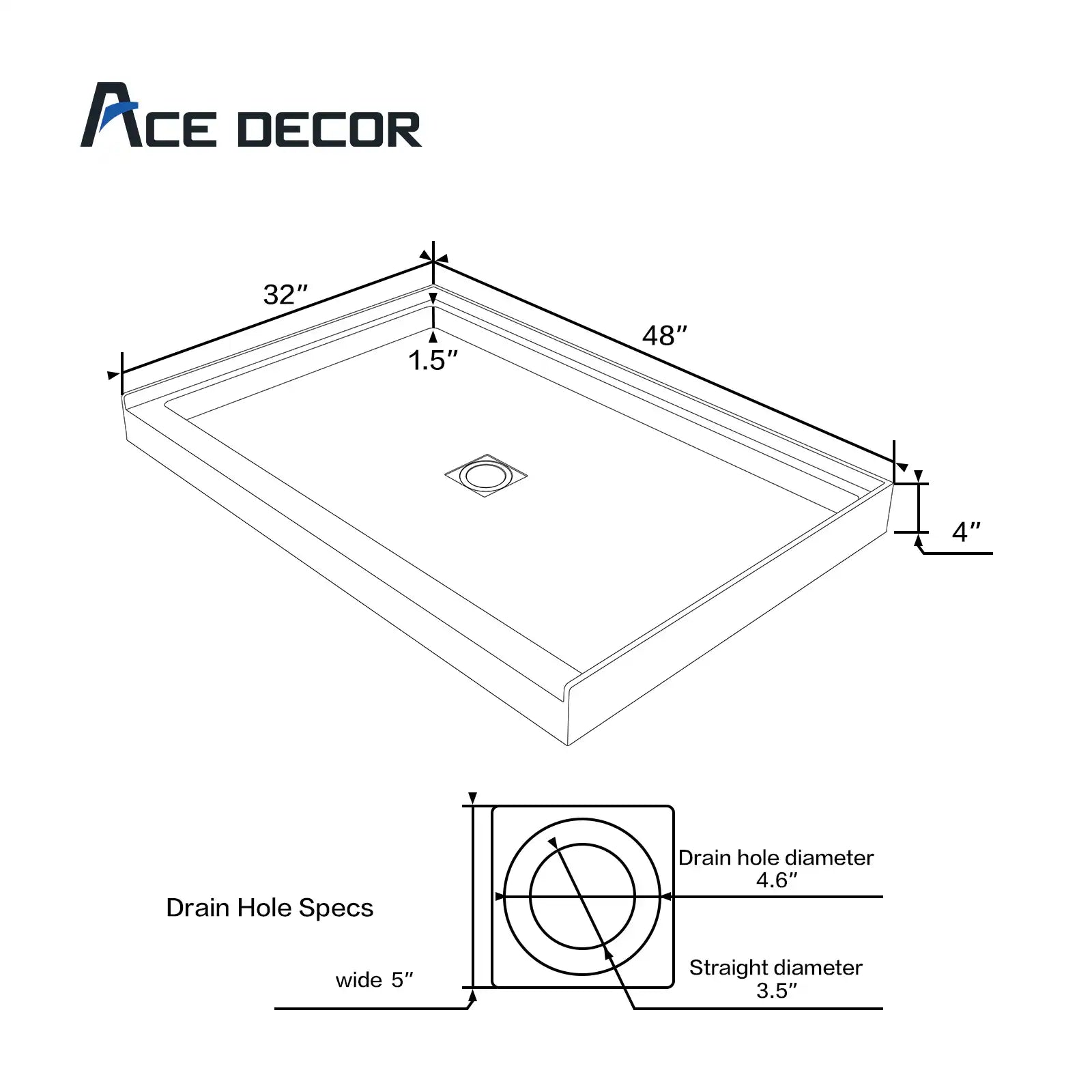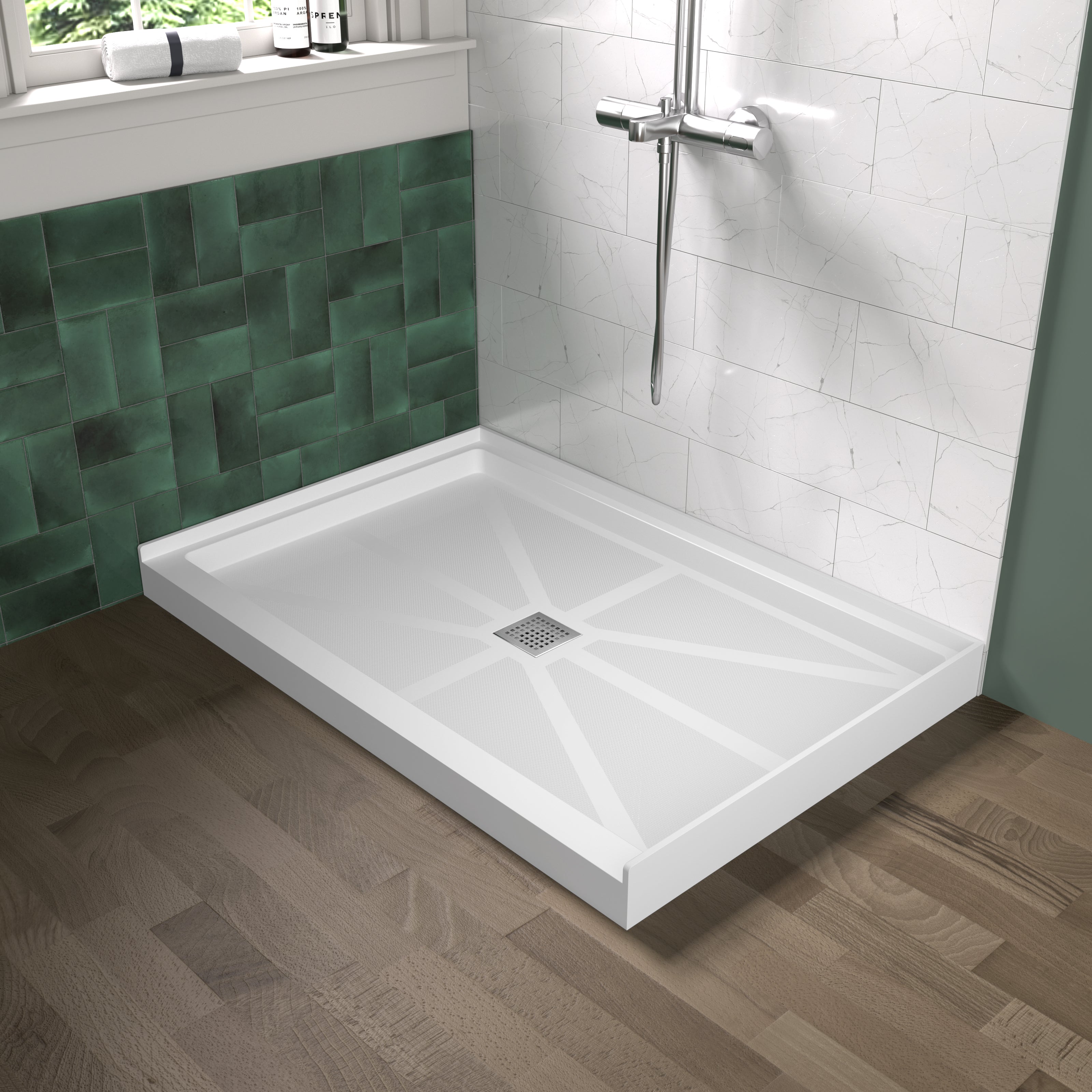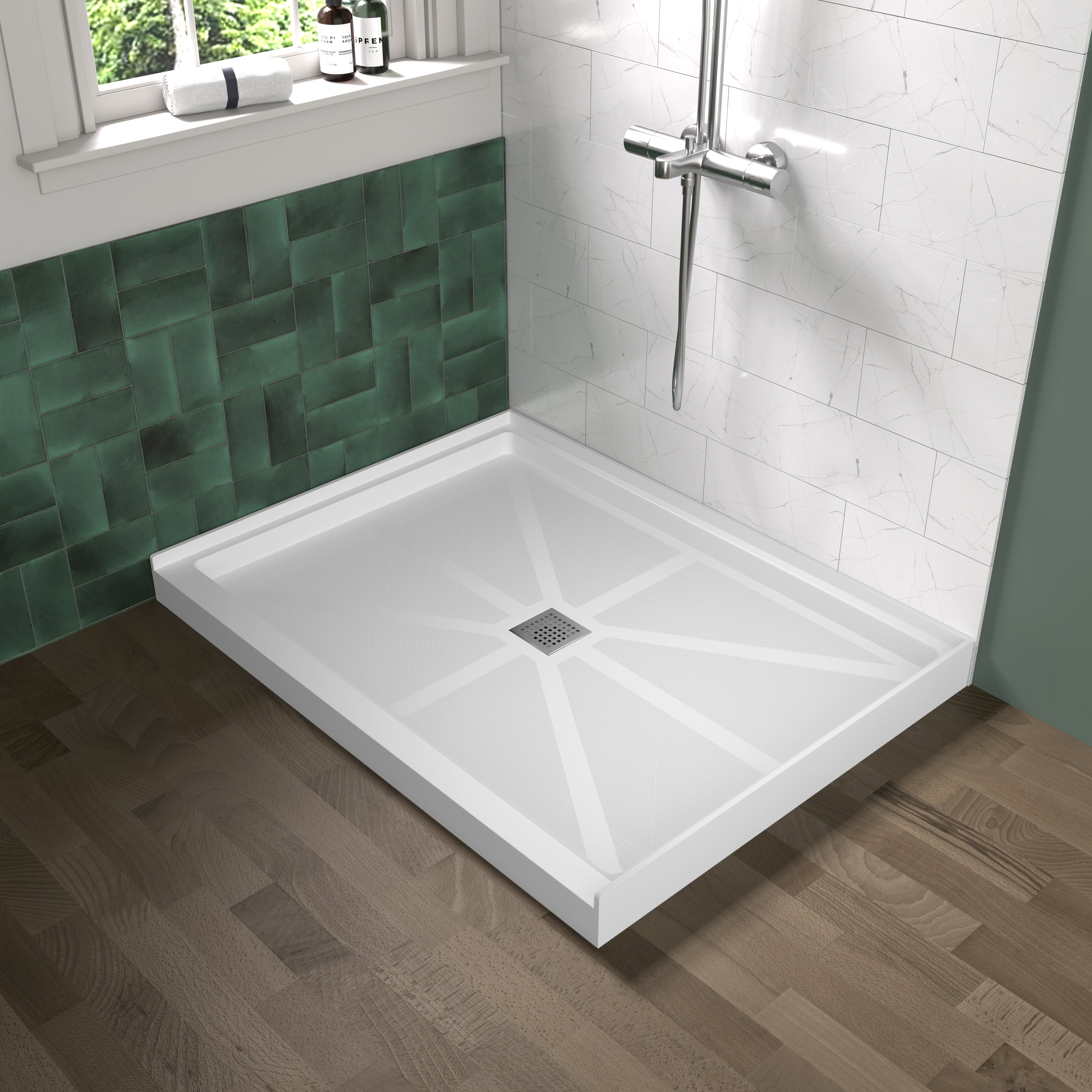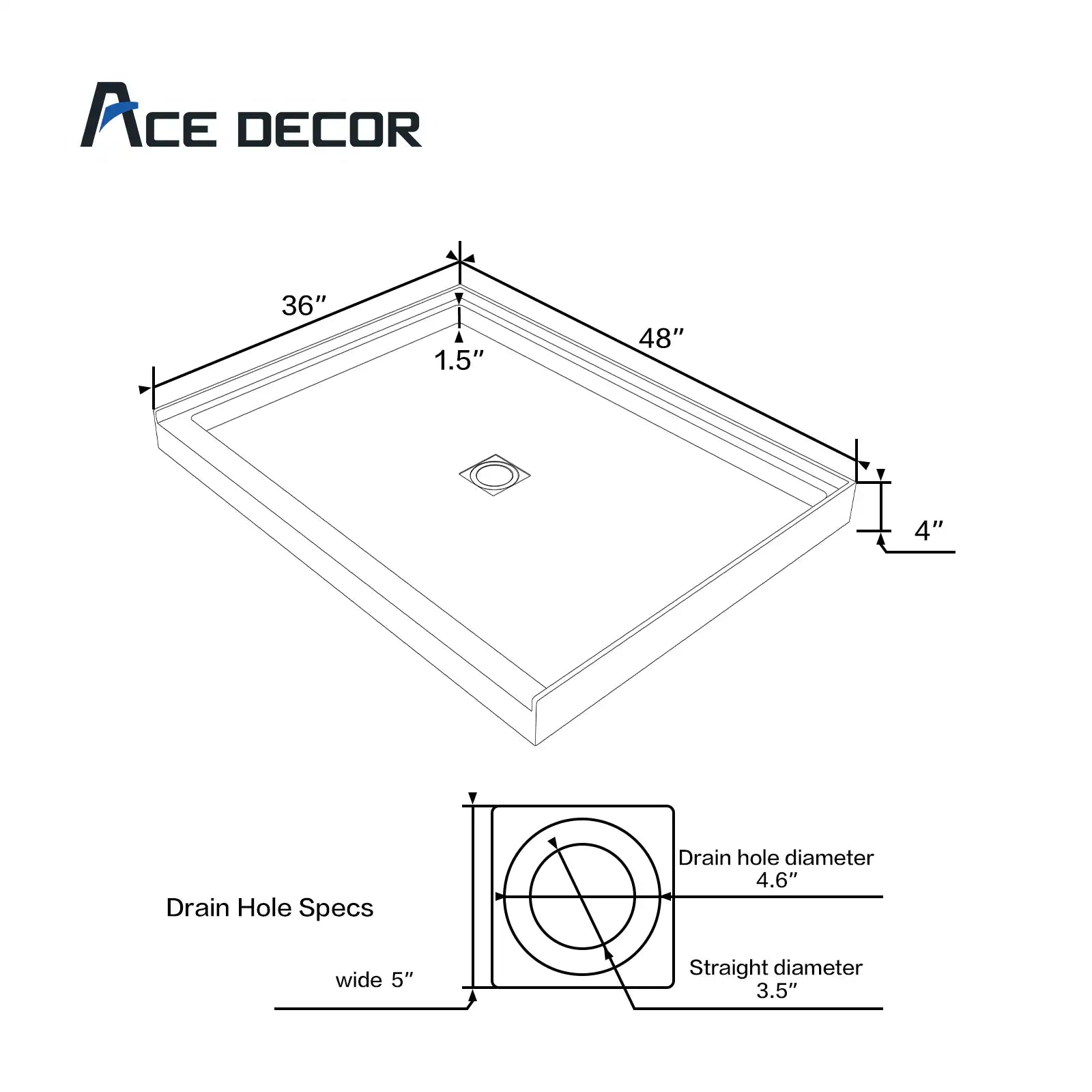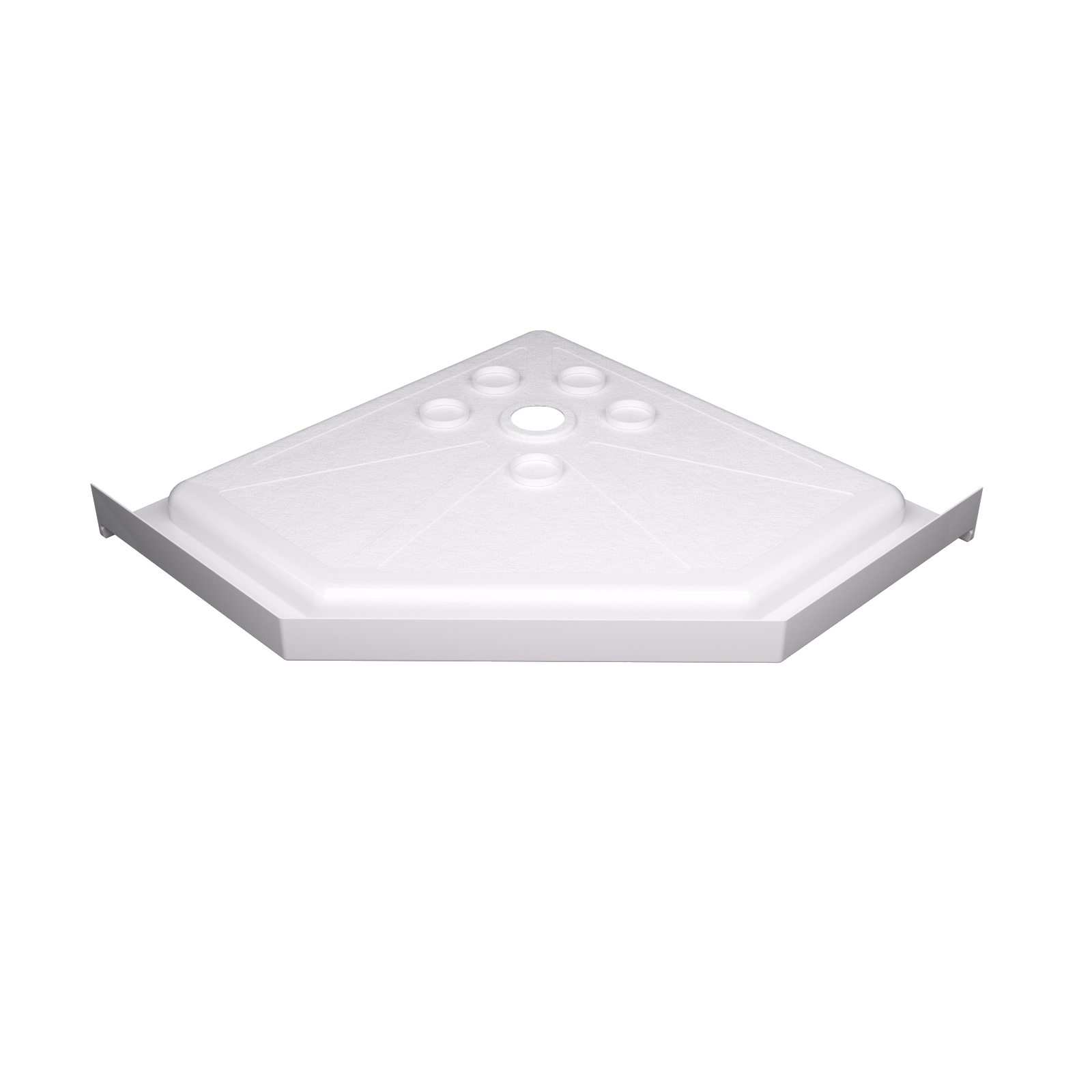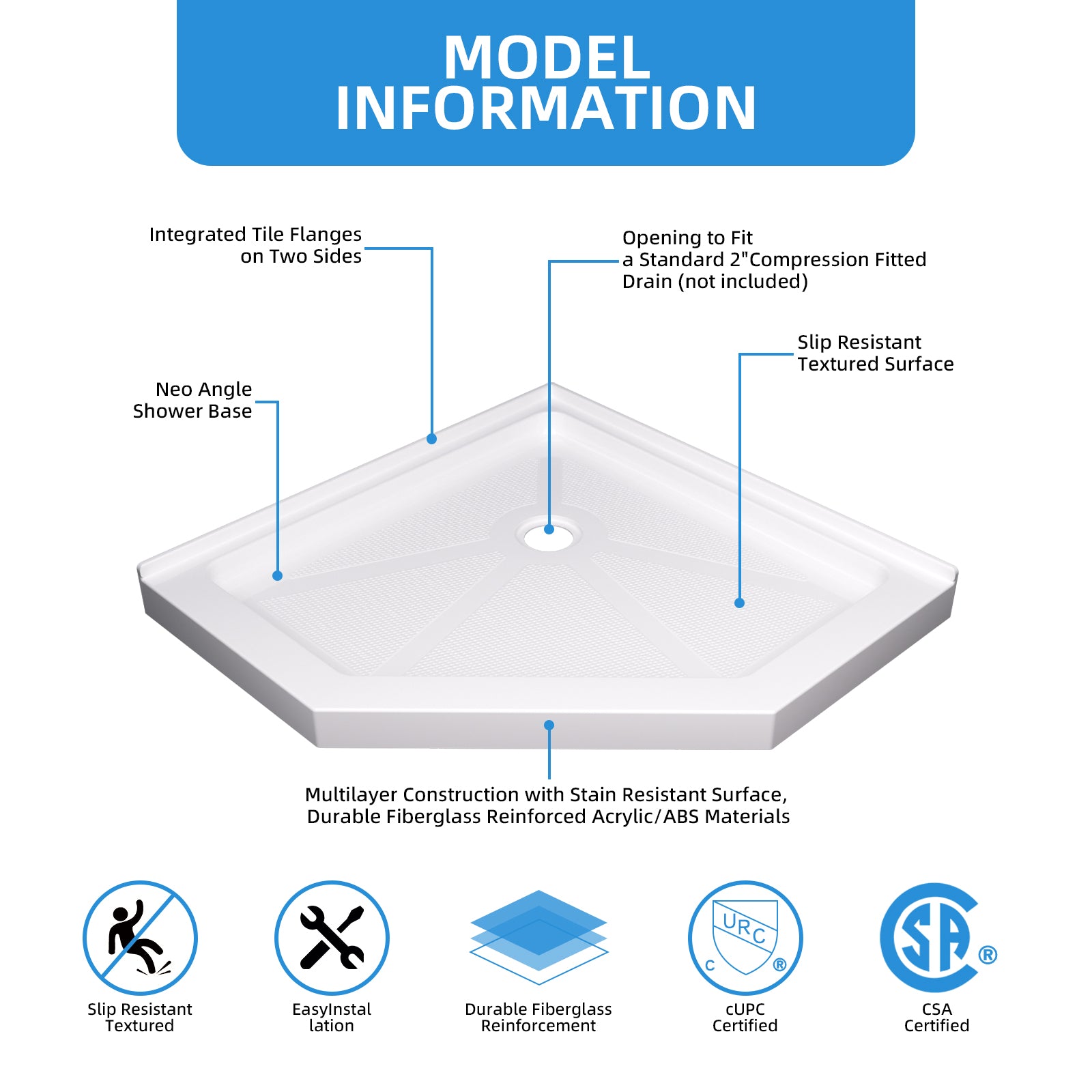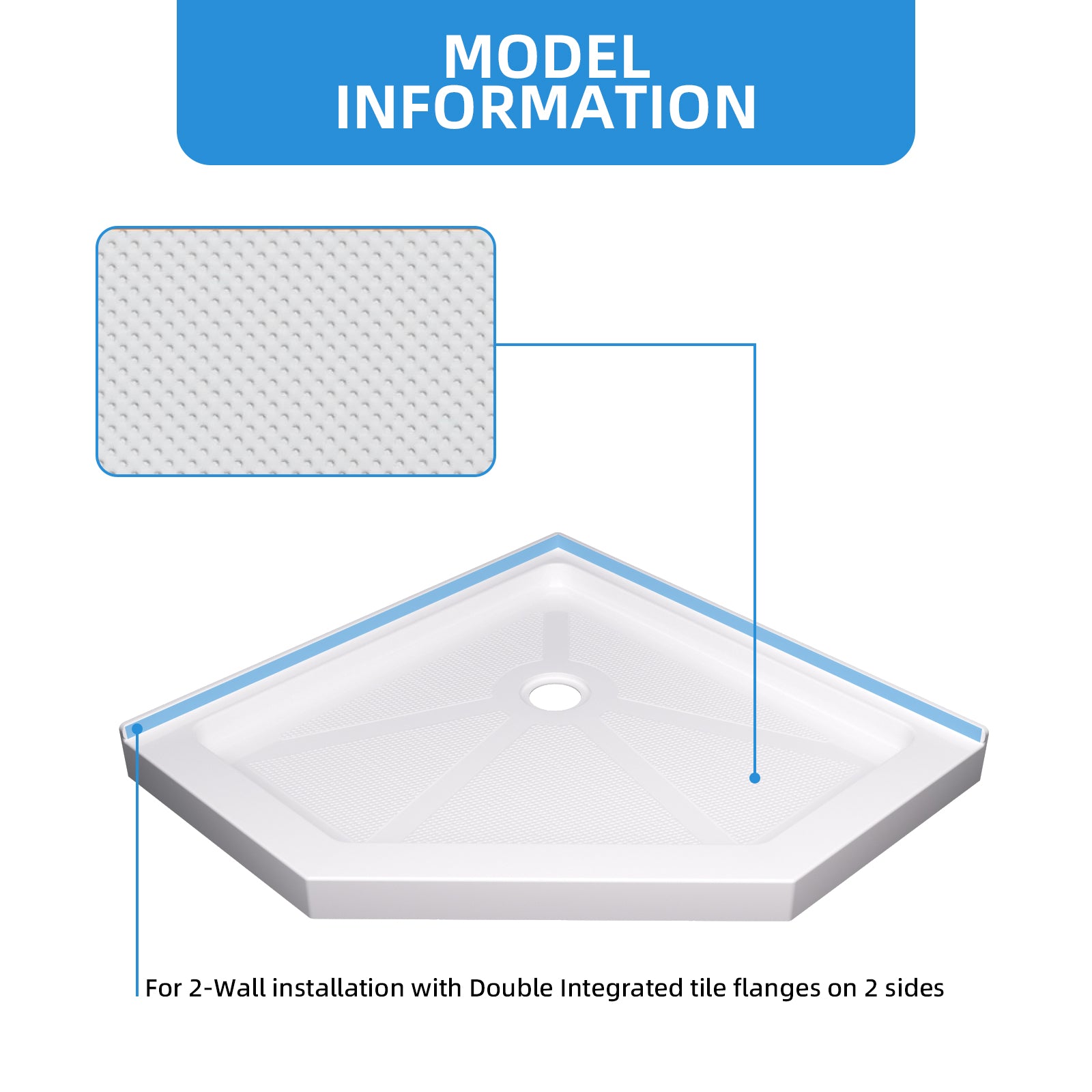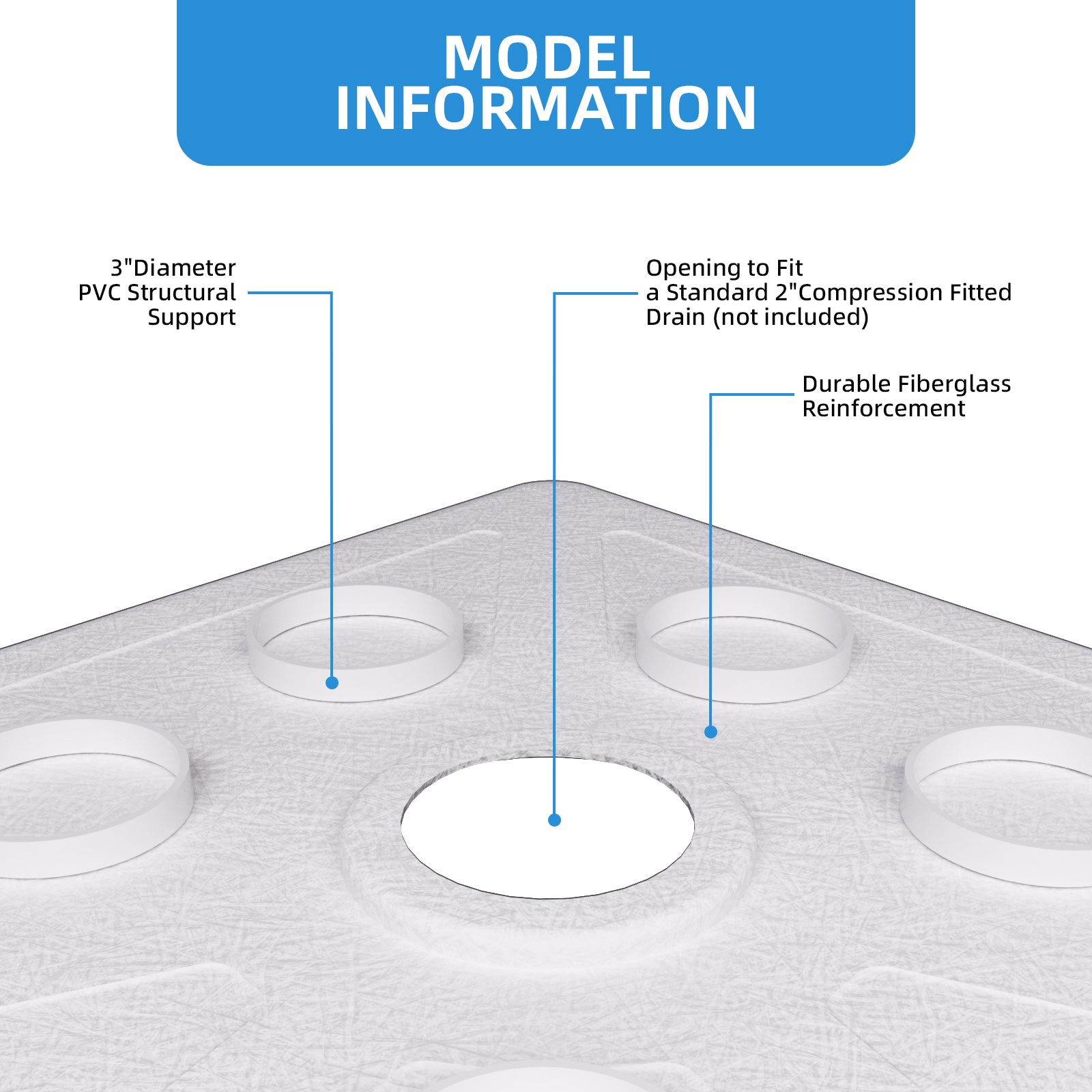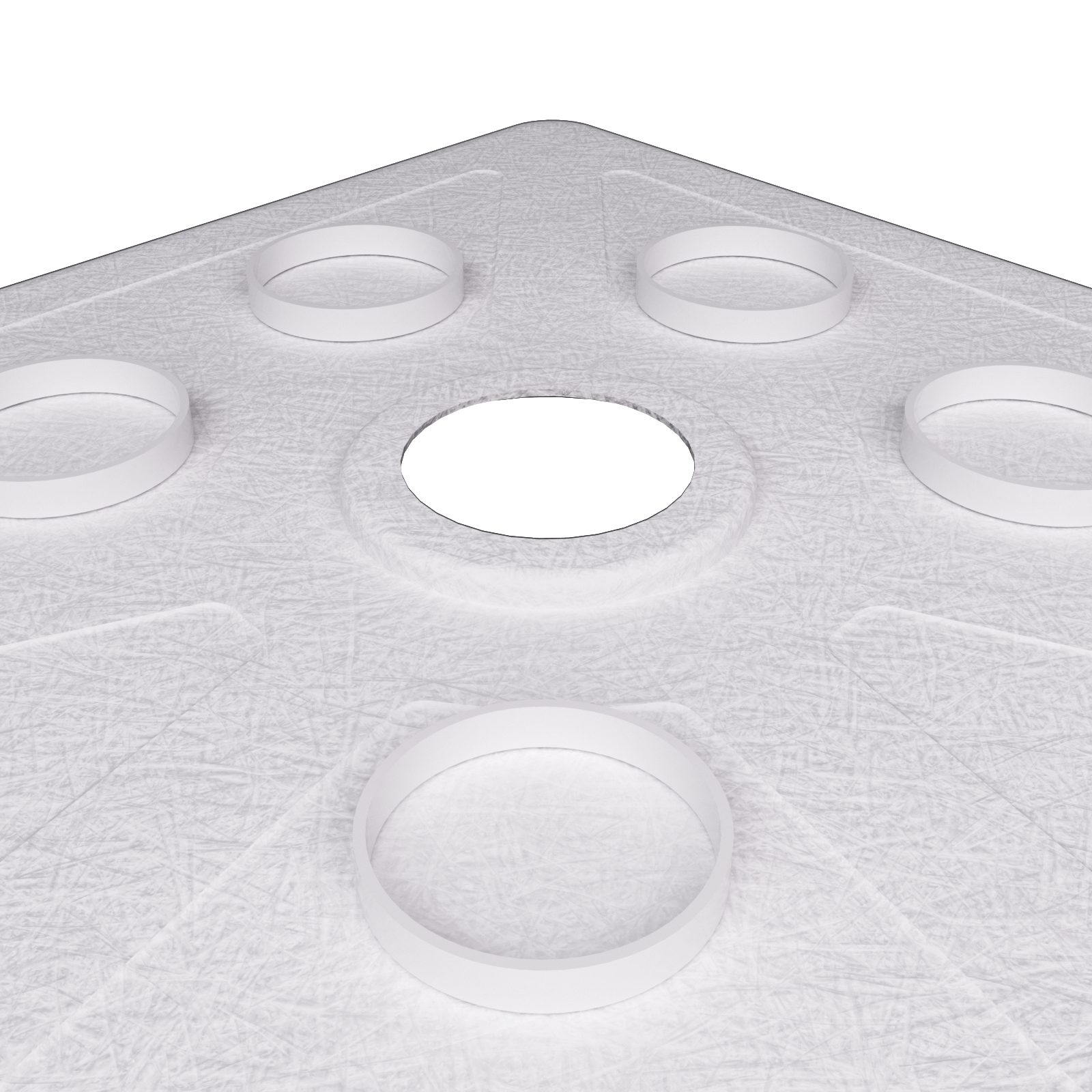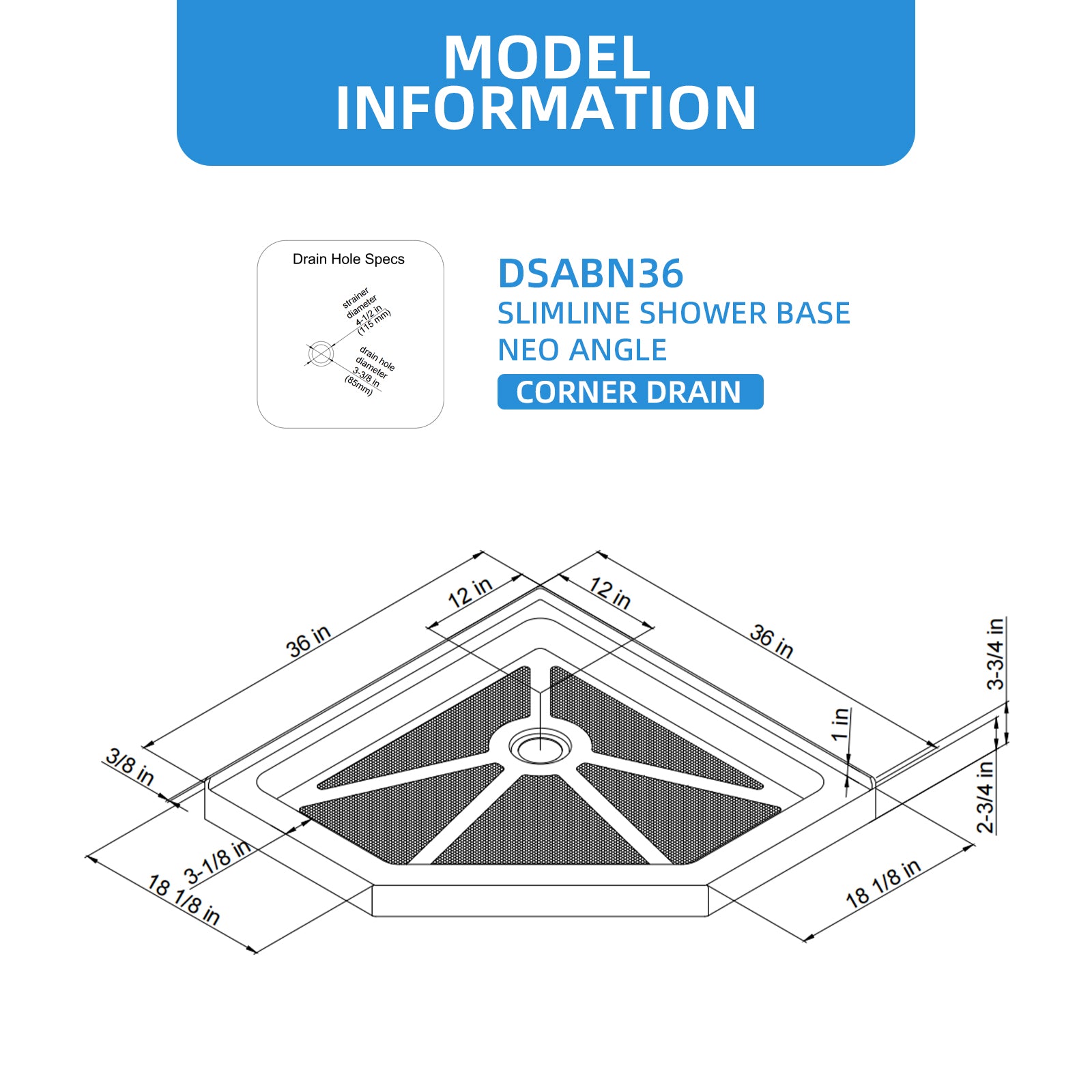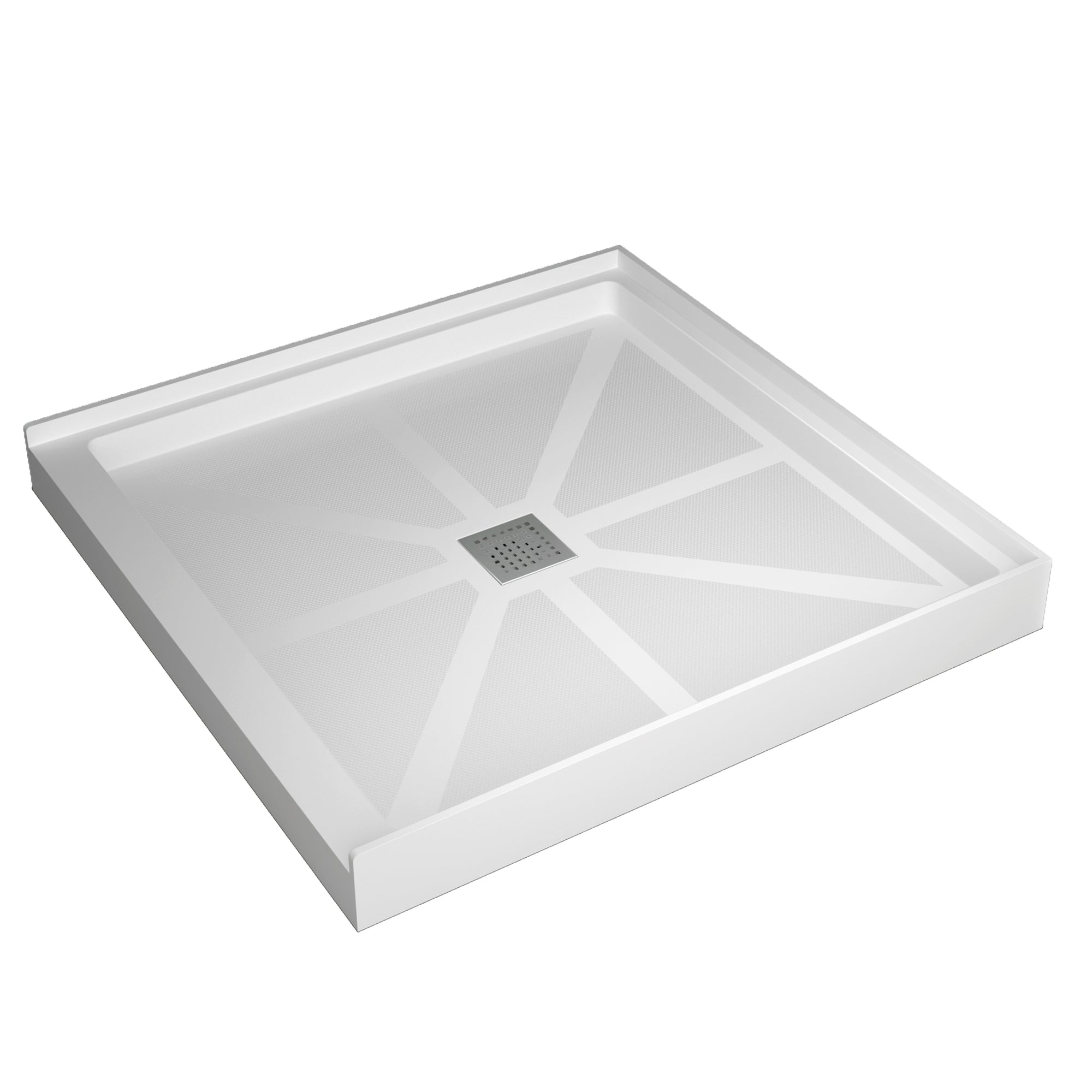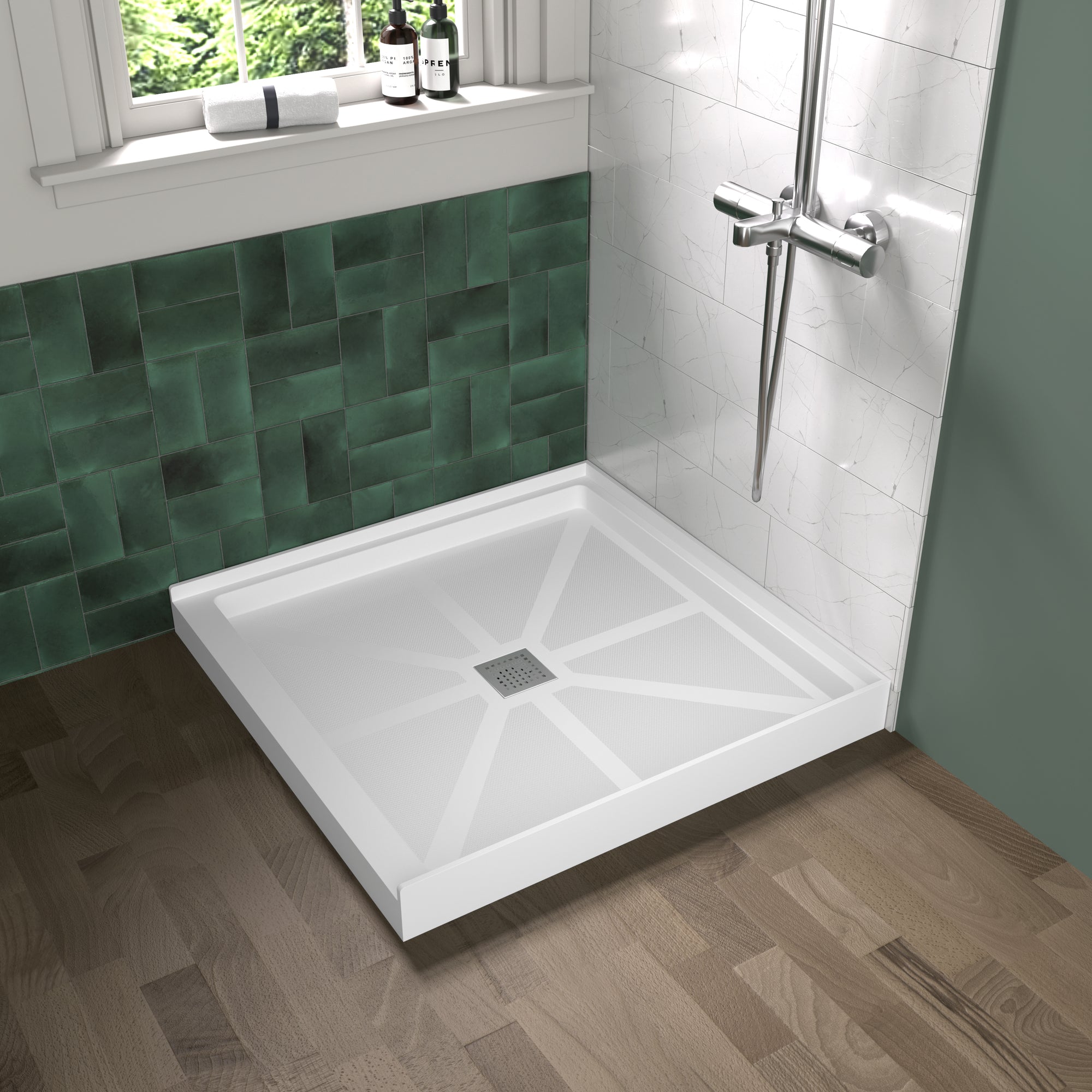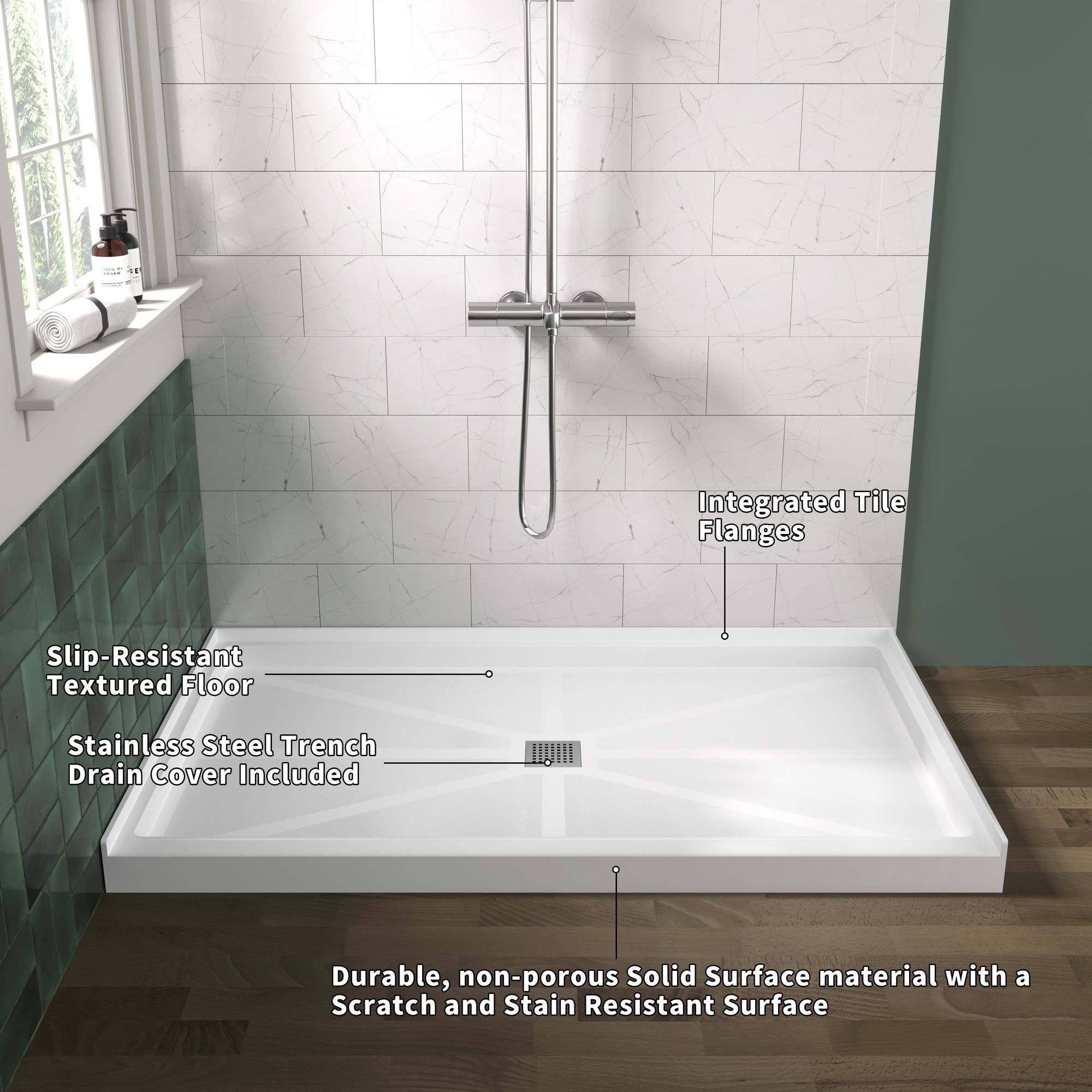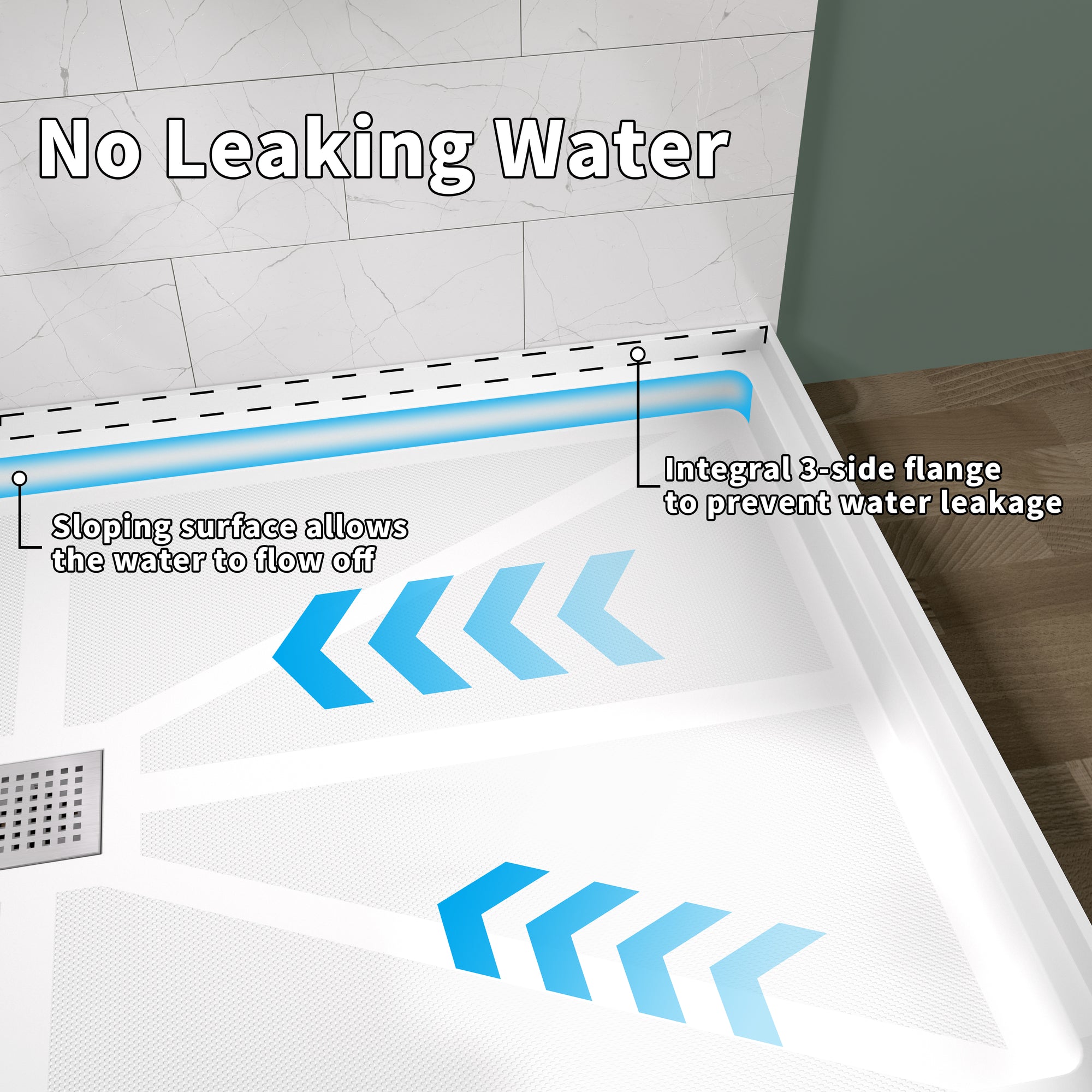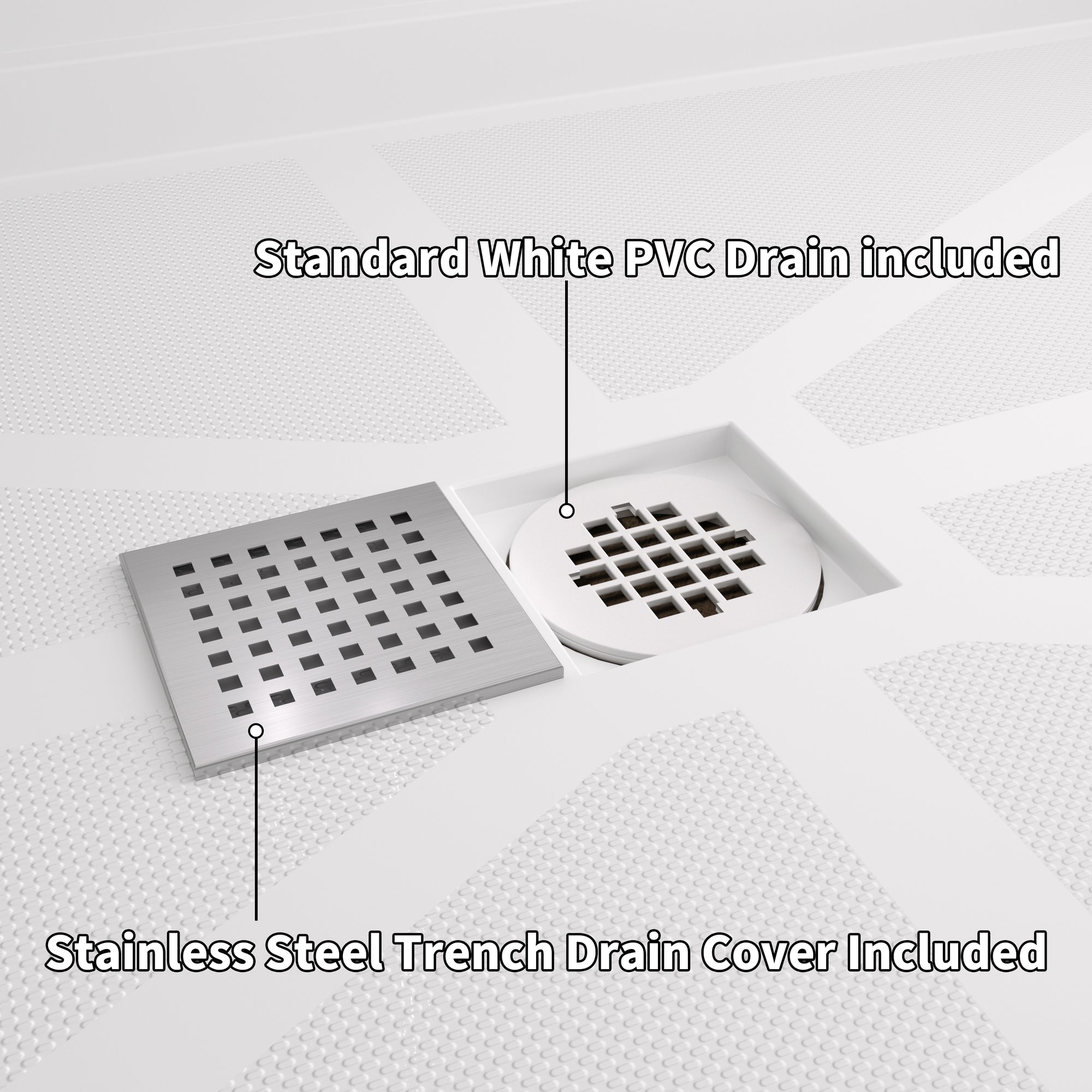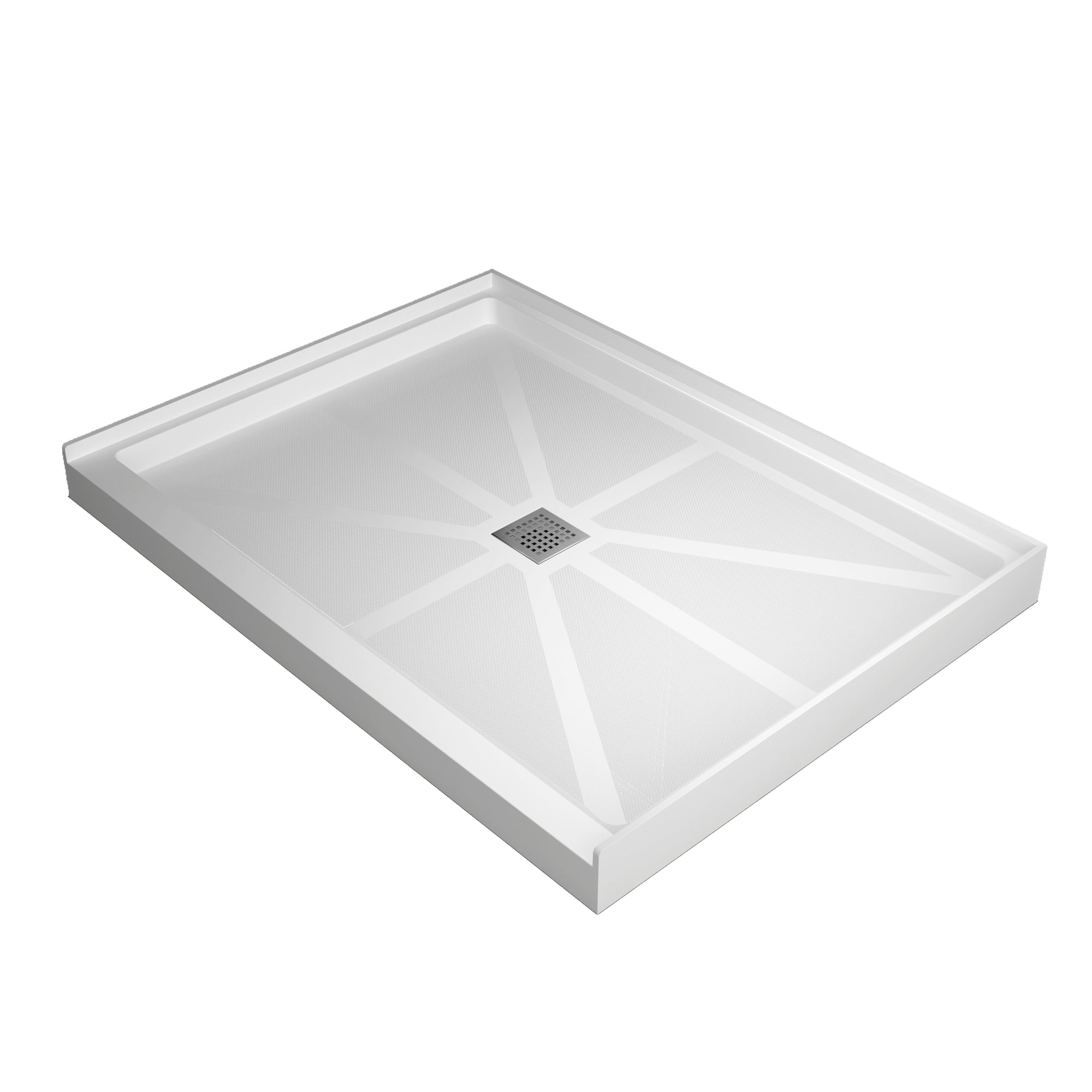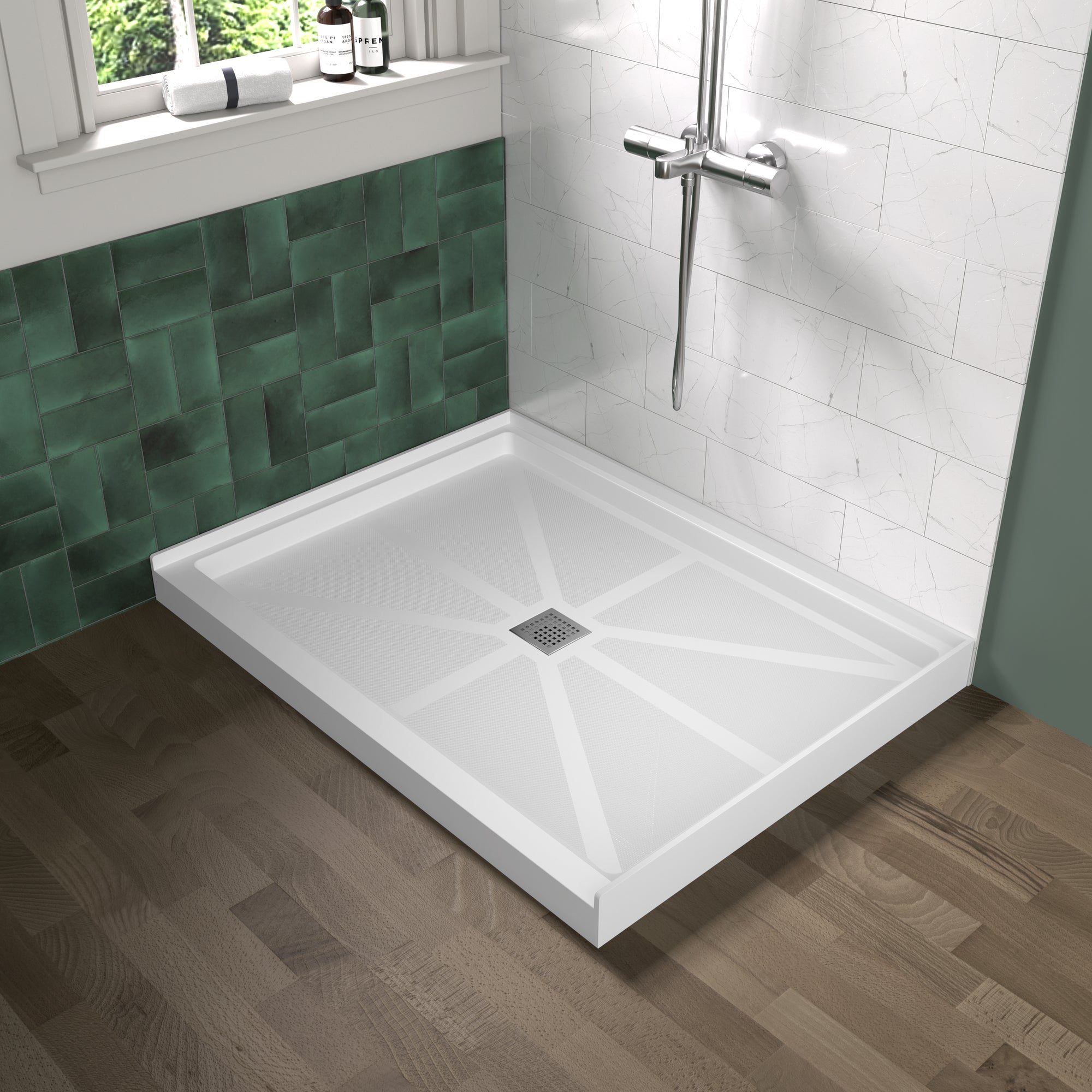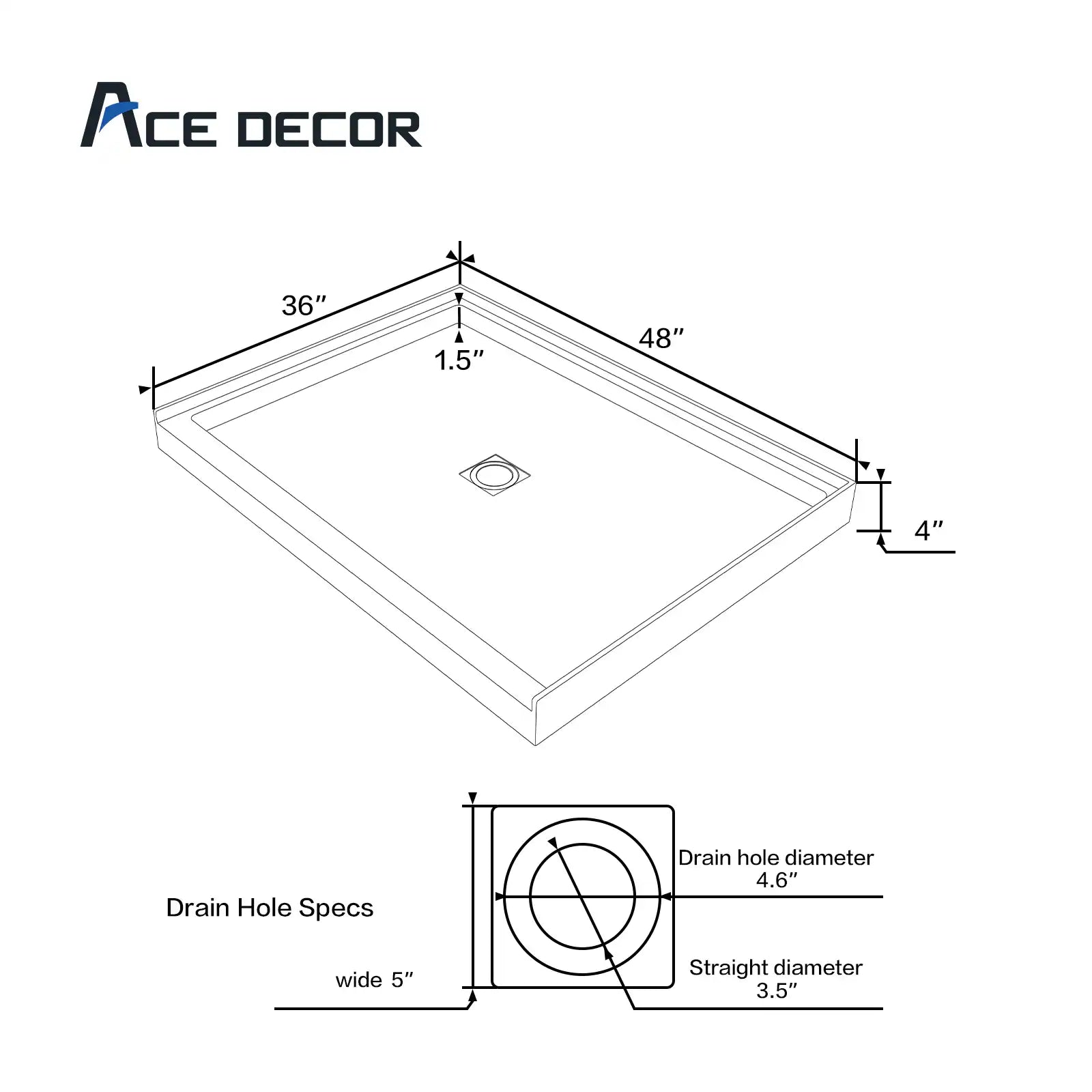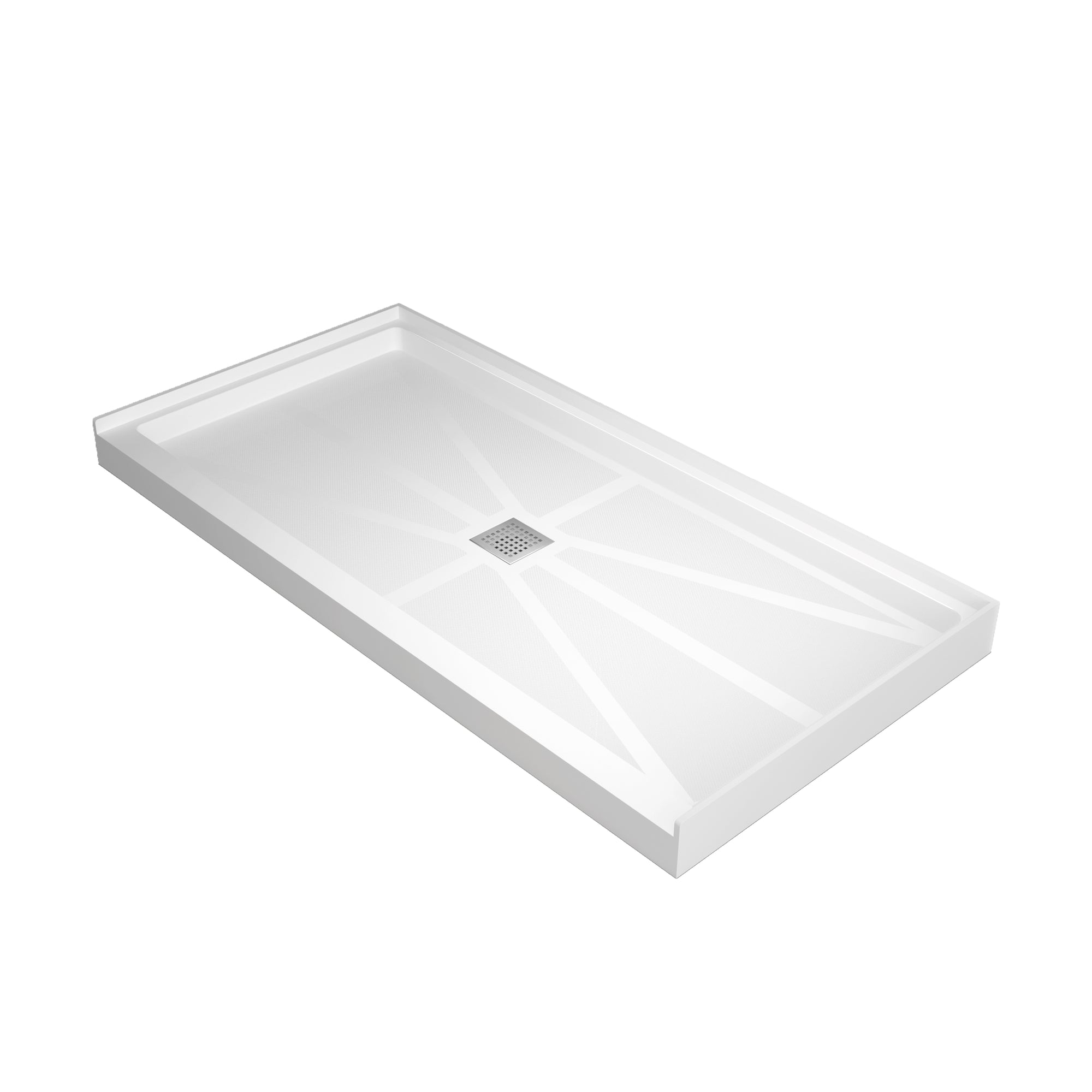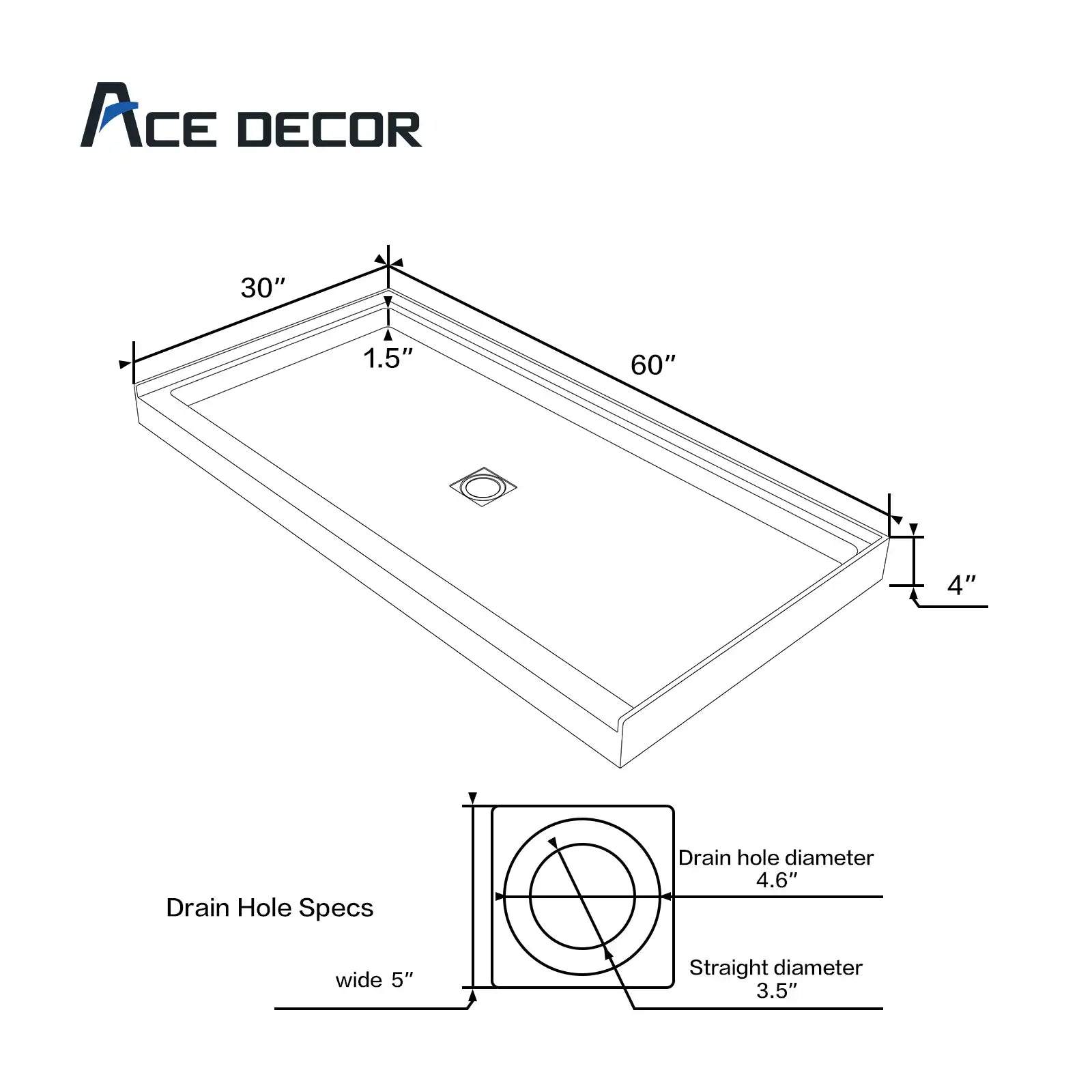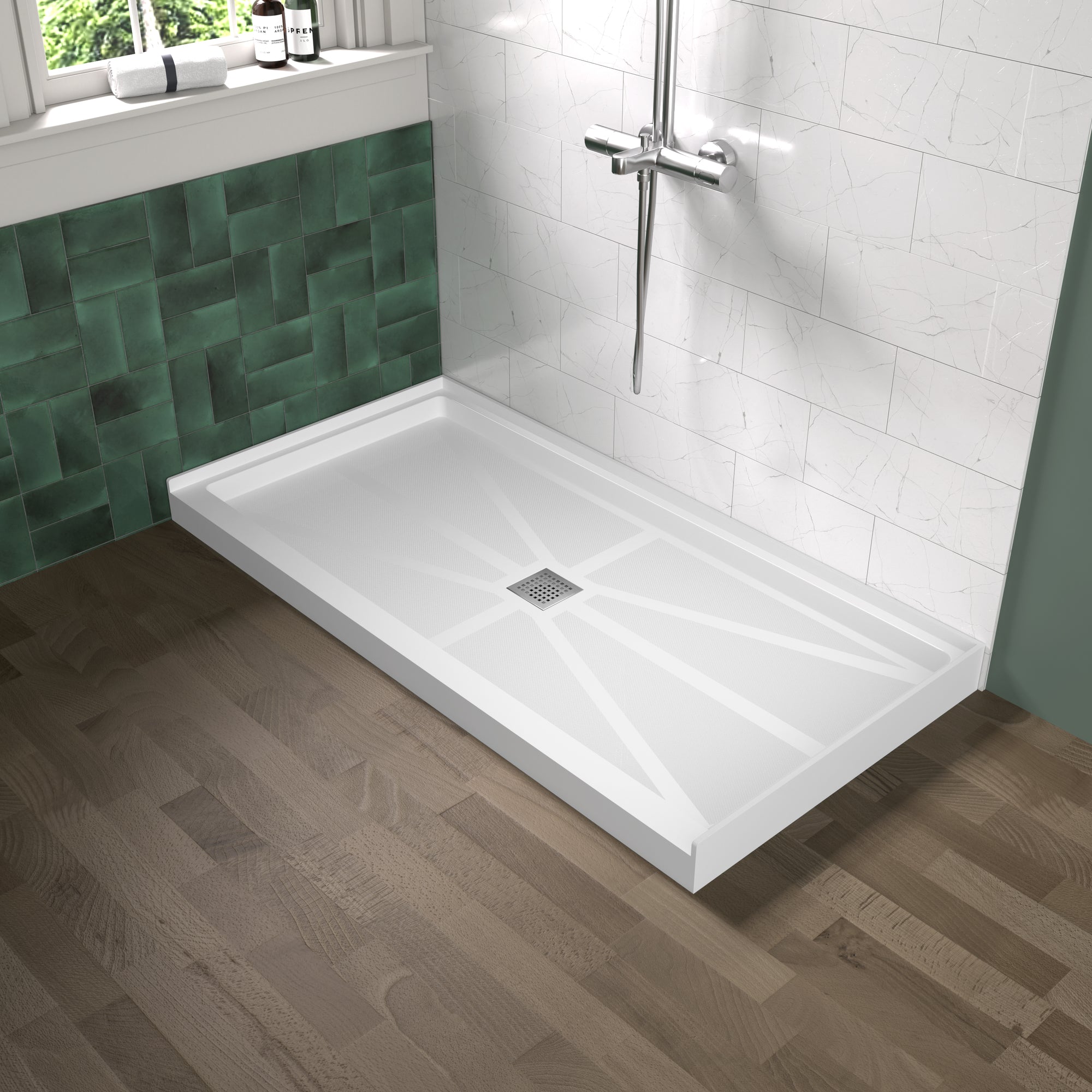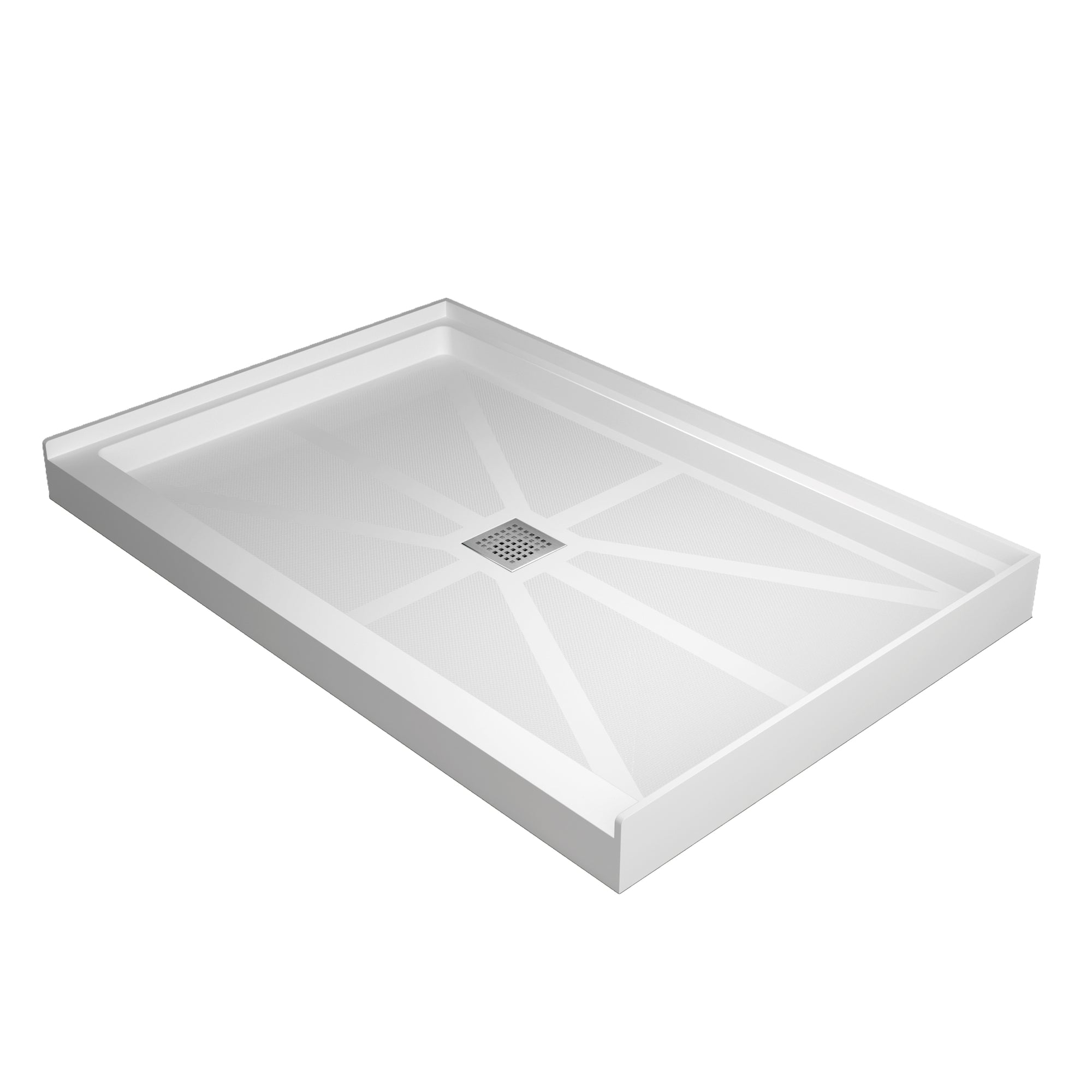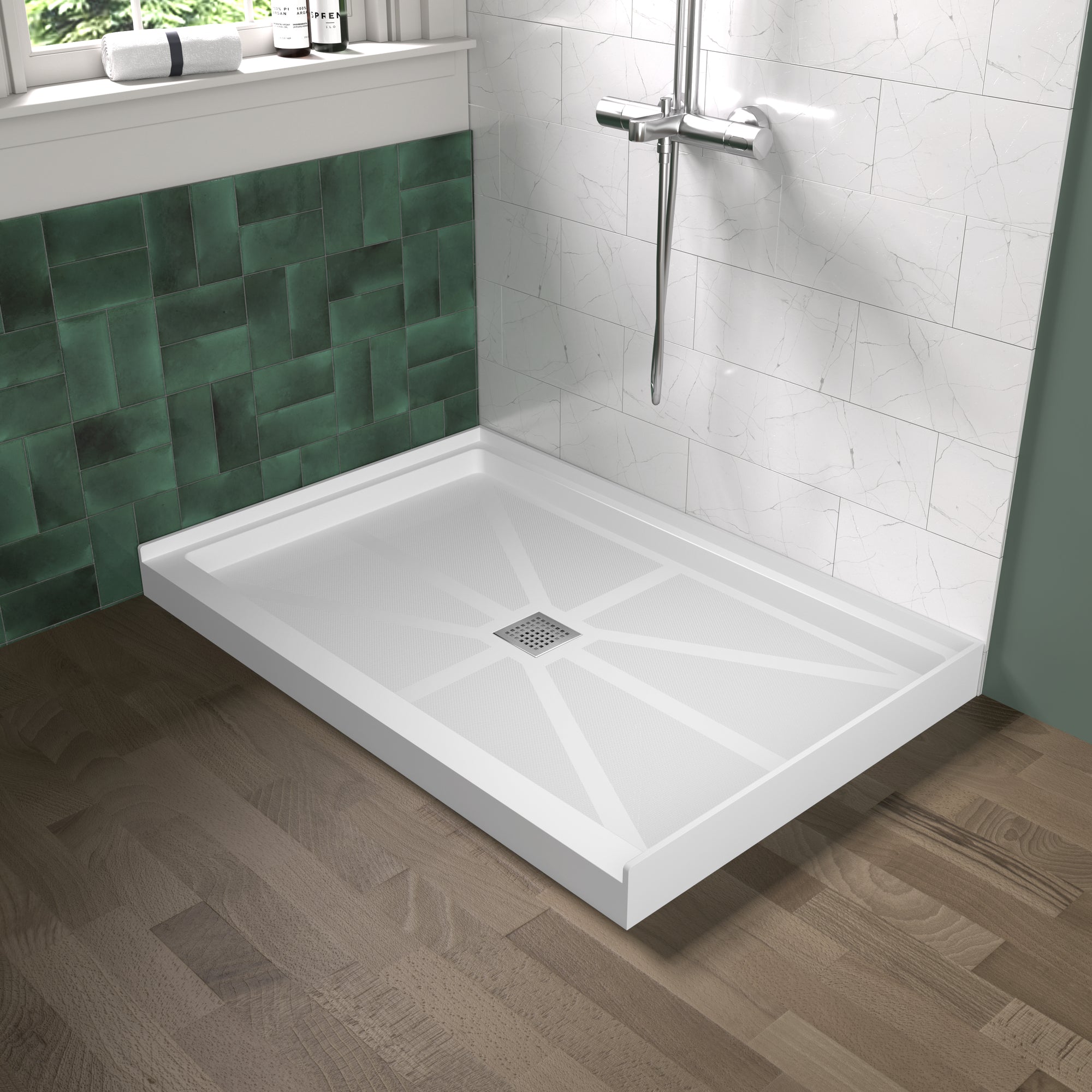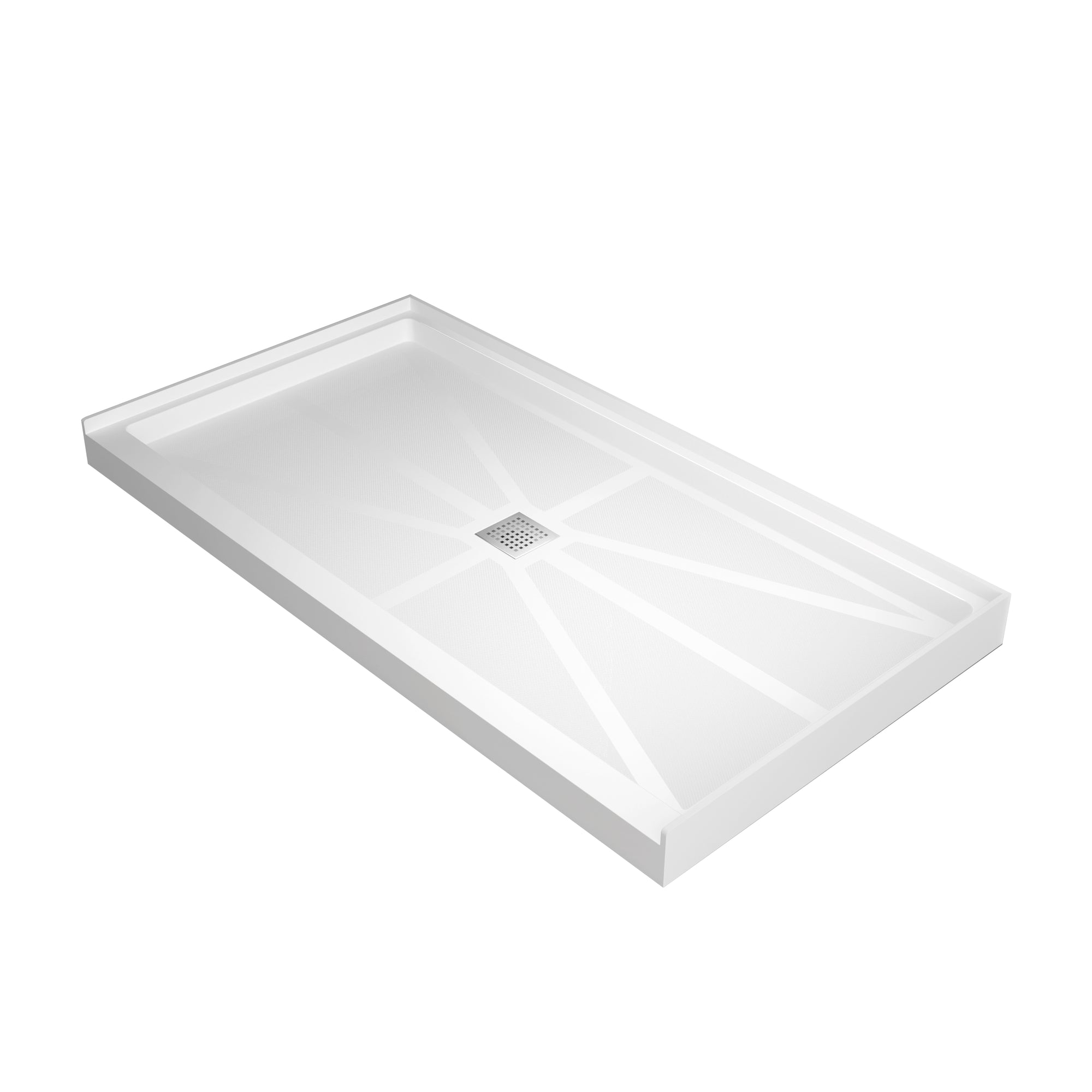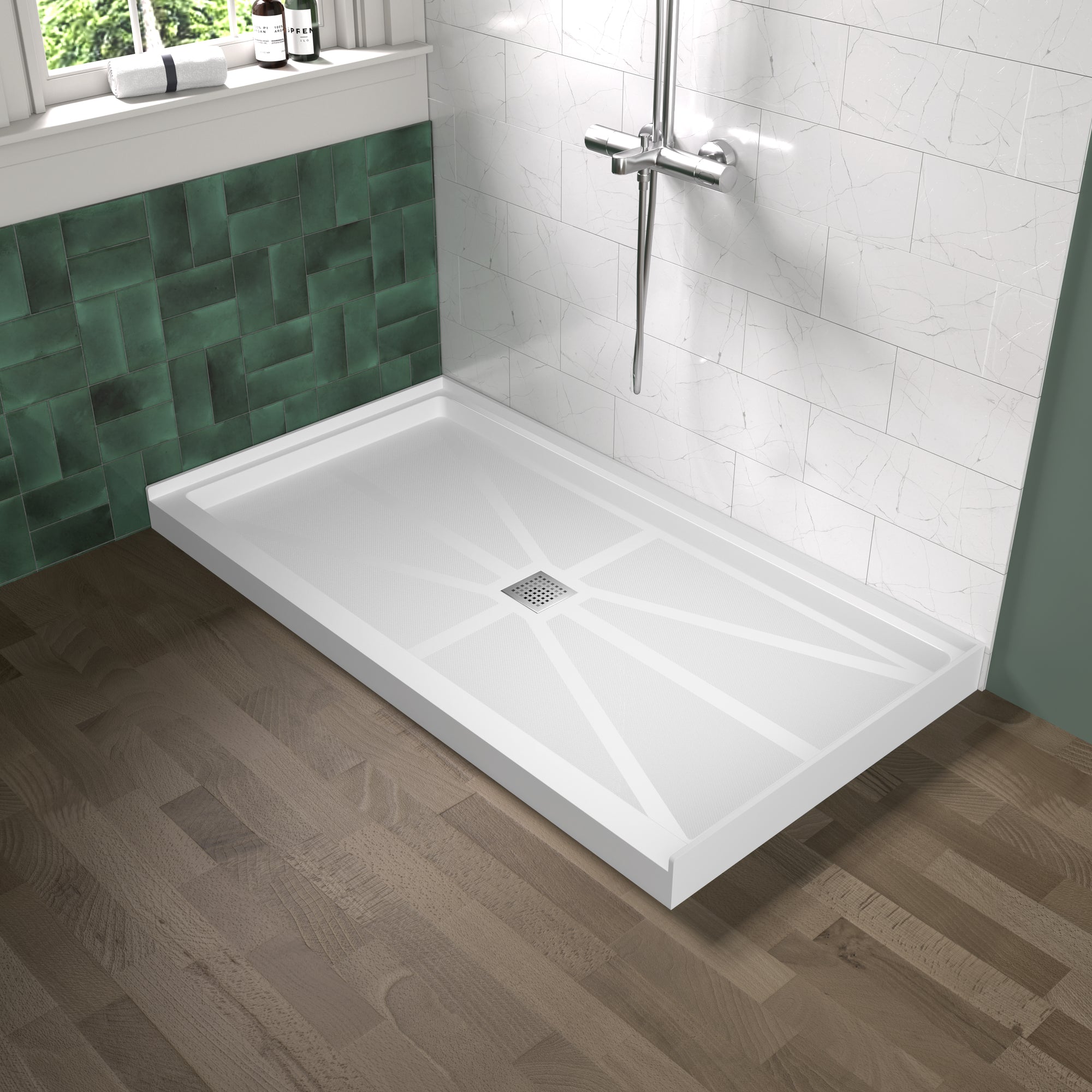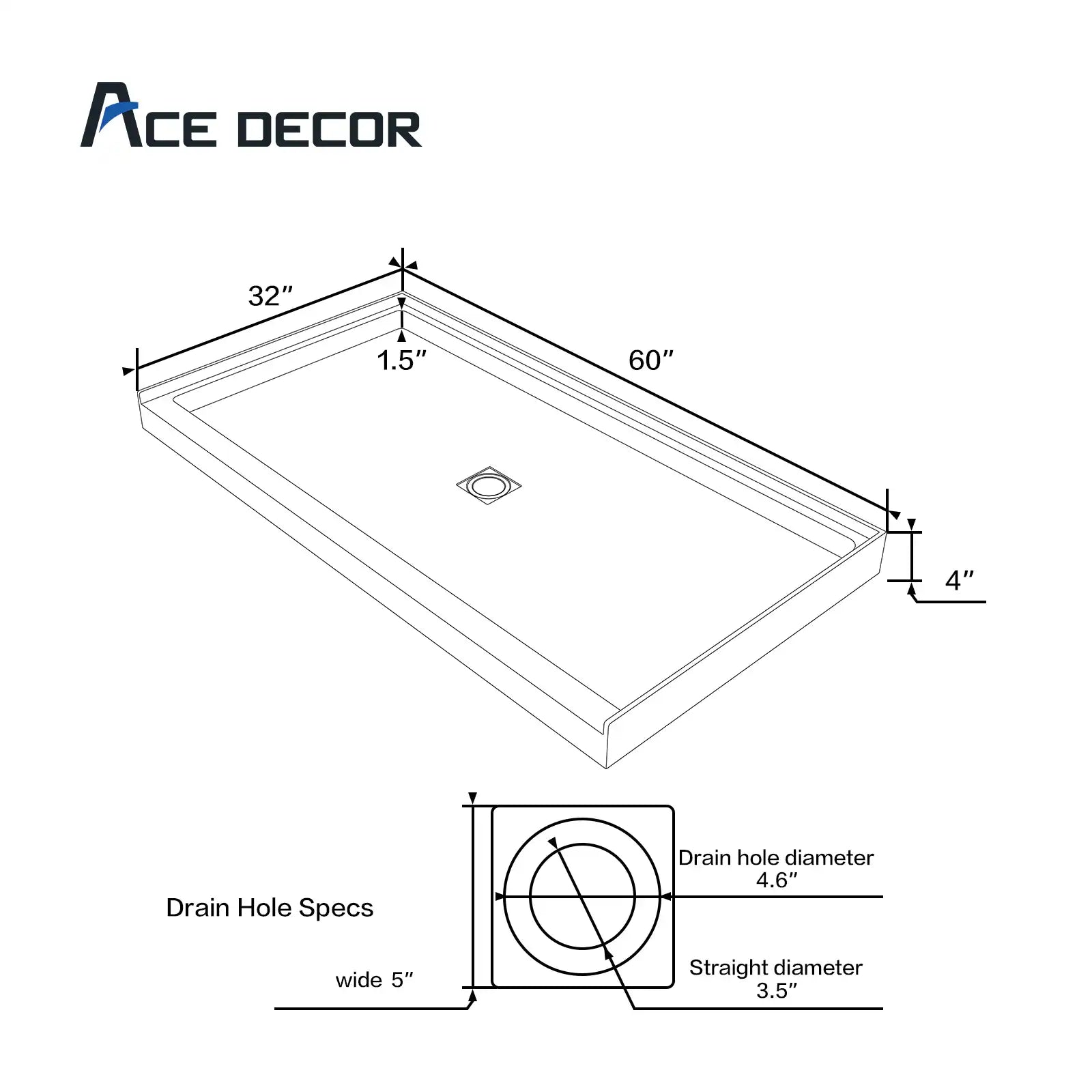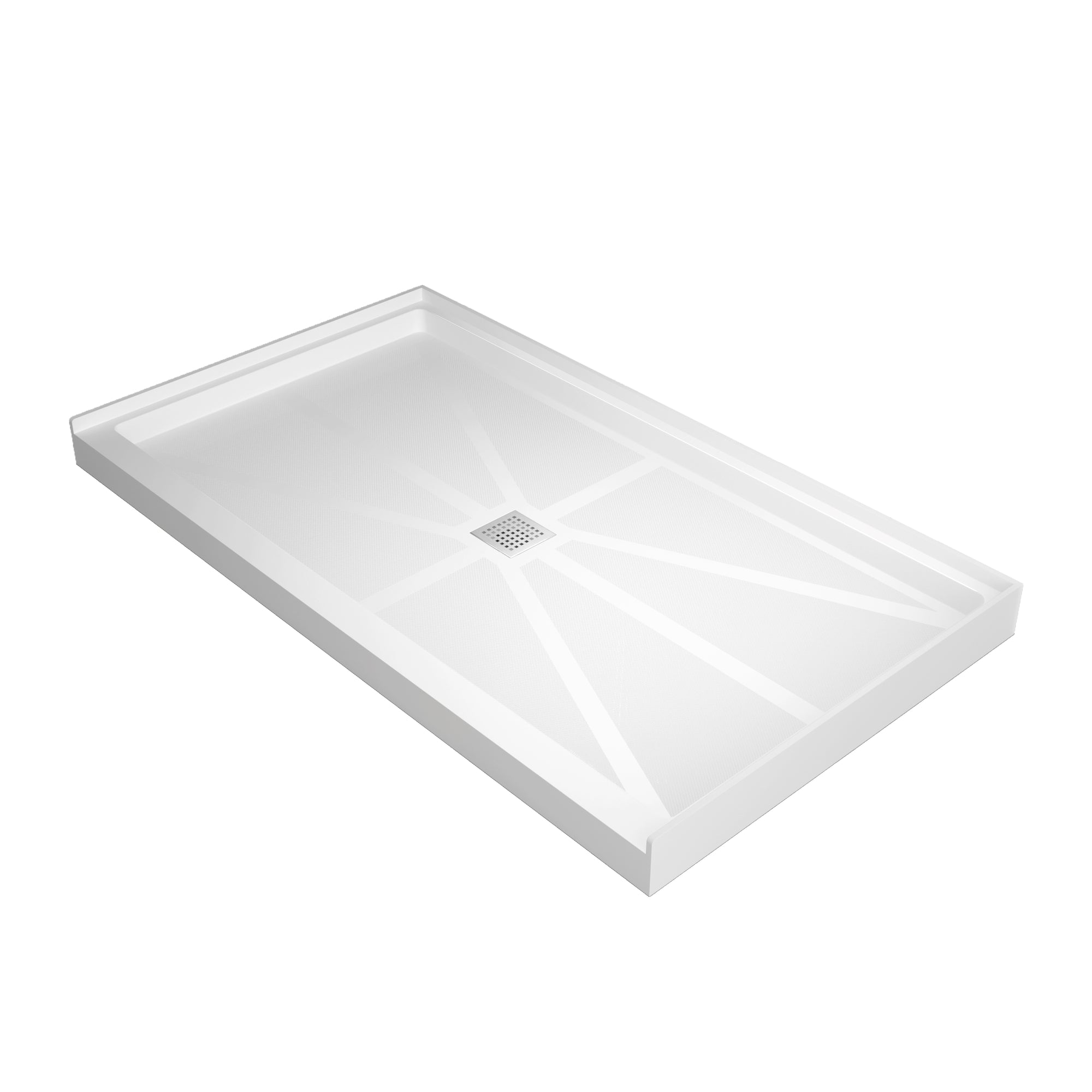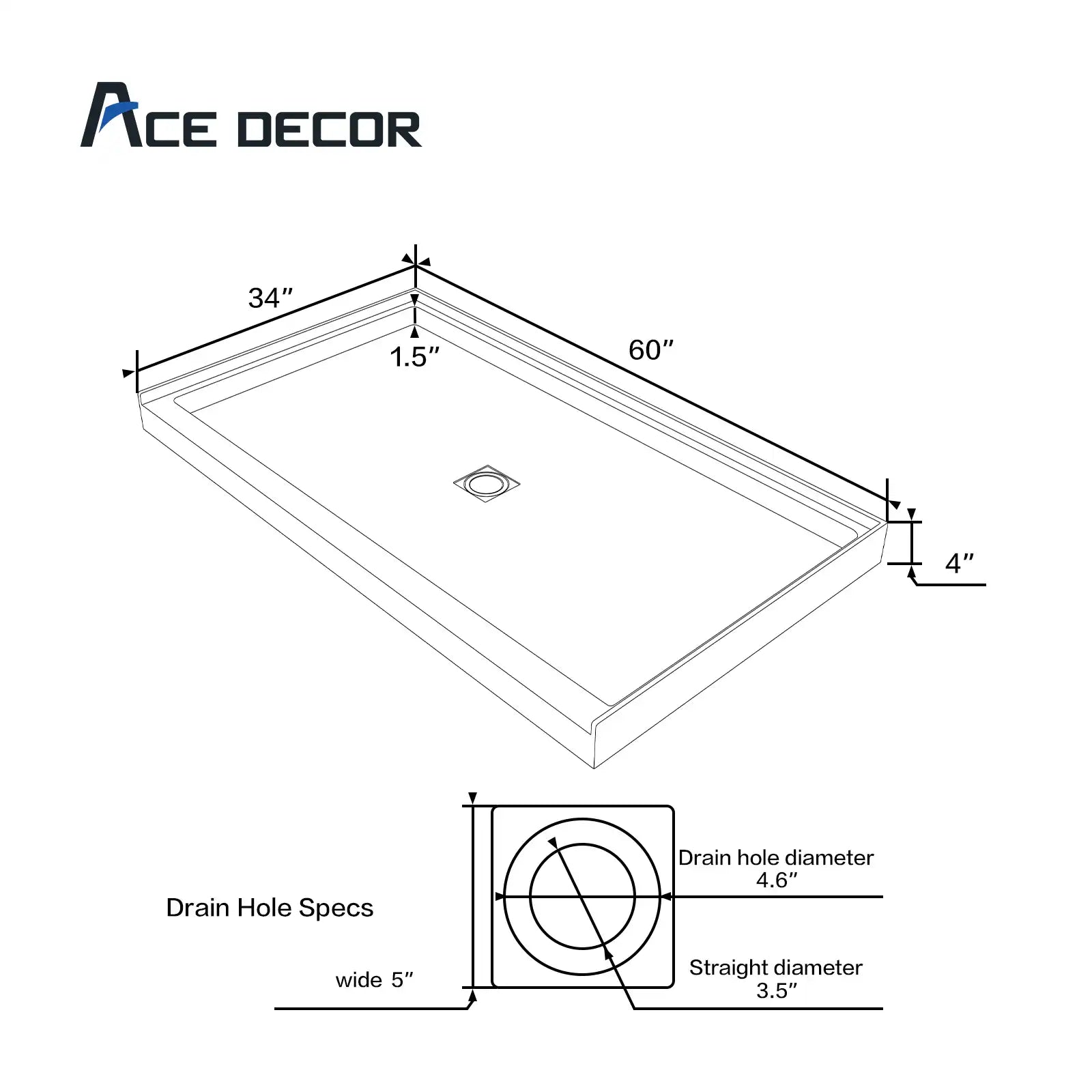You may have spent hours choosing the perfect rainfall showerhead, agonizing over tile colors and debating whether you really needed that backlit mirror. But there’s the catch — your shower experience is all about the foundation up. Literally.
It may not be the sexiest element in your shower floor base won’t be the sexiest part of your bathroom renovation, but it’s the only one that determines how water will drain. It’s the point of convergence for water and gravity, comfort and safety, design and practicality. Choose right and you’ll have a durable, non-slip and easy to clean base that will keep your morning showers smooth and your feet happy.
This guide covers the need-to-know information on shower floor bases — from materials and shapes to safety, cleaning, and installing. Whether you’re a DIY daredevil or flat-out sick of that moldy old tray, let’s ensure your next step is a smart one.
Table of Contents:
- 1. Material Matters: Fiberglass, Acrylic, Stone Resin—What’s the Difference?
- 2. Size & Shape: Fitting Your Shower Like a Glove
- 3. Slip-Resistance: Because No One Wants a Shower Rodeo
- 4. Easy Cleaning & Maintenance: Say Goodbye to Moldy Corners
- 5. Installation Tips: DIY or Call the Pros?
- Conclusion: The Unsung Hero of a Great Shower
- FAQ: Expert Answers to Your Shower Base Questions
1. Material Matters: Fiberglass, Acrylic, Stone Resin—What’s the Difference?
The most fundamental decision to make is what your shower floor base is constructed of. You may think “plastic is plastic,” but oh, no, my friend — there’s, like, a whole material drama happening under your feet.
-
Fiberglass is the budget-friendly champion. Lightweight, inexpensive and easy to install, it’s an option for fast fixes. But, it does scratch easily and can feel slightly “bouncy” underfoot.
-
Acrylic is fiberglass’s more polished cousin. It’s reinforced, feels sturdier and is usually more durable over time. It also retains heat better — so no cold shock first thing in the morning. And honestly, that alone scores points.
-
Stone resin, though, is the luxury liner of shower bases. Think of it as marble’s easygoing sibling: substantial, sturdy, with a smooth matte finish that looks straight out of a spa catalog. It’s stain-proof, scratch-proof, drama-proof. Yes, it’s more costly — but so is peace of mind.
So, when you’re deciding on your shower floor base, consider what’s most important to you: your budget, looks or long-term durability. You’re not just picking a material. You’re deciding what kind of mornings you want in the next 10 years.

2. Size & Shape: Fitting Your Shower Like a Glove
Size matters. (At least, when it comes to shower floor bases, it sure does.)
Nothing’s worse than selecting a smooth new base only to find out it doesn’t fit the space — or worse, that it prevents your bathroom door from shutting. Trust me, it’s happened.
Here’s how to think about it:
-
Square bases (like 32"x32" or 36"x36") are great for smaller bathrooms and corner installations. They keep things compact and efficient.
-
Rectangular bases are perfect for walk-in showers, offering more elbow room and that upscale, hotel-style feel.
-
Neo-angle bases (with that funky diagonal cut corner) are for those tricky layouts where every inch counts. If your bathroom is shaped like a puzzle piece, this might be your match.
And then there’s depth. Looking for a more barrier-free appearance? Go low-profile. Need to contain splash zones? Opt for a deeper pan.
Measure your space before you even begin shopping. Twice. No, seriously—twice. Think about where the doors swing, where the drain is and how much prance-around space you need when you’re washing up. The ideal shower floor base should feel like it is part of the space — not like it’s playing Tetris with your toilet.
3. Slip-Resistance: Because No One Wants a Shower Rodeo
Let’s face it: showers get slippery. And no one has been able to take a nice relaxing rinse without being forced into an unwelcome ballet routine with that soap bar.
And this is where slip-resistance is important. A good shower floor base is not only about appearances but also about safety.
Most modern bases are also textured to prevent slipping. You might see:
-
Raised patterns or ridges, which provide traction without scratching your feet.
-
Matte finishes, which are naturally less slick than high-gloss.
-
Anti-slip coatings, invisible to the eye but mighty effective.
Forget those rubber mats that always get moldy. With a properly designed base, you won’t need them. Safety should be built-in, not duct-taped on after the fact.
So when you go shopping for that shower floor base, don’t just concentrate on what’s stylish — consider what’s sturdy.

4. Easy Cleaning & Maintenance: Say Goodbye to Moldy Corners
If your current shower base requires a toothbrush, a prayer, and three different sprays to get clean, you’re doing it wrong.
Look for:
-
Seamless construction. Less seams = Less places for soap scum and dirt to hide.
-
Smooth finishes. Matte stone resin is extremely easy to wipe down.
-
Anti-bacterial surfaces, which some modern materials now include by default (yes, science!).
And stay away from anything too textured or grooved, as well. Though it could provide traction, it could also become a dirt magnet.
If you like to clean your shower while you are still in it (and we all do) you will appreciate a surface that does not fight you. An ideal shower floor base will virtually clean itself. Not, like, literally — but it should not feel like a part-time job.

5. Installation Tips: DIY or Call the Pros?
You’ve picked the perfect base. Now comes the big question: can you install it yourself, or is this a “call in the cavalry” moment?
Here’s the honest answer: it depends.
-
Pre-formed shower floor bases (like fiberglass or acrylic) are pretty DIY-friendly. They typically include leveling guides, and some have built-in drains. If you’re a DIY-minded person who owns a level, you’re in in the game.
-
Stone resin bases are heavy. Like, "call a friend and maybe a chiropractor" heavy. Installation is possible for a confident DIYer, but usually better handled by a pro.
Either way, here are some must-dos:
-
Make sure the subfloor is level.
-
Triple-check the drain alignment.
-
Use proper adhesive and sealants (waterproofing is not optional!).
A poorly installed base can cause leaks, creaks, or — worst of all — movement. So unless you’re incredibly confident, OK to outsource this one. Your future dry bathroom floor will be grateful.

Conclusion: The Unsung Hero of a Great Shower
So that is that—everything you need to know when deciding on the best floor base for your shower. It’s not exactly the most glamorous bathroom feature, but arguably the most important.
Get it right, and your reward is safe, stylish, splash-proof showers for decades. Get it wrong and you’re up against a creaky, leaky mess, and weekend scrubbing marathons.
Your shower base floor determines the tone — quite literally — of your whole bathroom. It’s where you begin and end your day. So, make sure to take your time, mind your measurements and select a table base that fits your life, not just your layout.
Cheers to no more moldy corners, no more slipping — and no more regrets. Happy showering!
FAQ: Expert Answers to Your Shower Base Questions
Q1: Are stone resin shower bases really worth the higher cost?
A: Absolutely. They offer top-tier durability, a sleek appearance, and easy maintenance. If you want spa-level quality without the spa price tag (long-term), stone resin delivers.
Q2: Can I replace a shower floor base without redoing the whole shower?
A: Sometimes. If your setup uses a modular or standalone base, replacement is doable. But if it’s tiled in, you might need a full redo.
Q3: What’s the best way to keep a shower base clean?
A: Wipe it down after use, ventilate the bathroom, and use a gentle, non-abrasive cleaner weekly. Avoid bleach-heavy sprays—they can wear down finishes over time.
Q4: Is there a weight limit for acrylic shower bases?
A: Standard acrylic bases can support regular use just fine. For peace of mind, go for reinforced options — especially if you prefer a sturdier, grounded feel.
Q5: How do I make sure the drain matches the base I buy?
A:
Corian Shower Base vs Acrylic Base: Which is Better for Your Bathroom?
Tile on Shower Base vs Acrylic Base: Which Is Best for Your Bathroom?
Shower Base Colors: How to Choose the Best Base Colors for Your Bathroom


